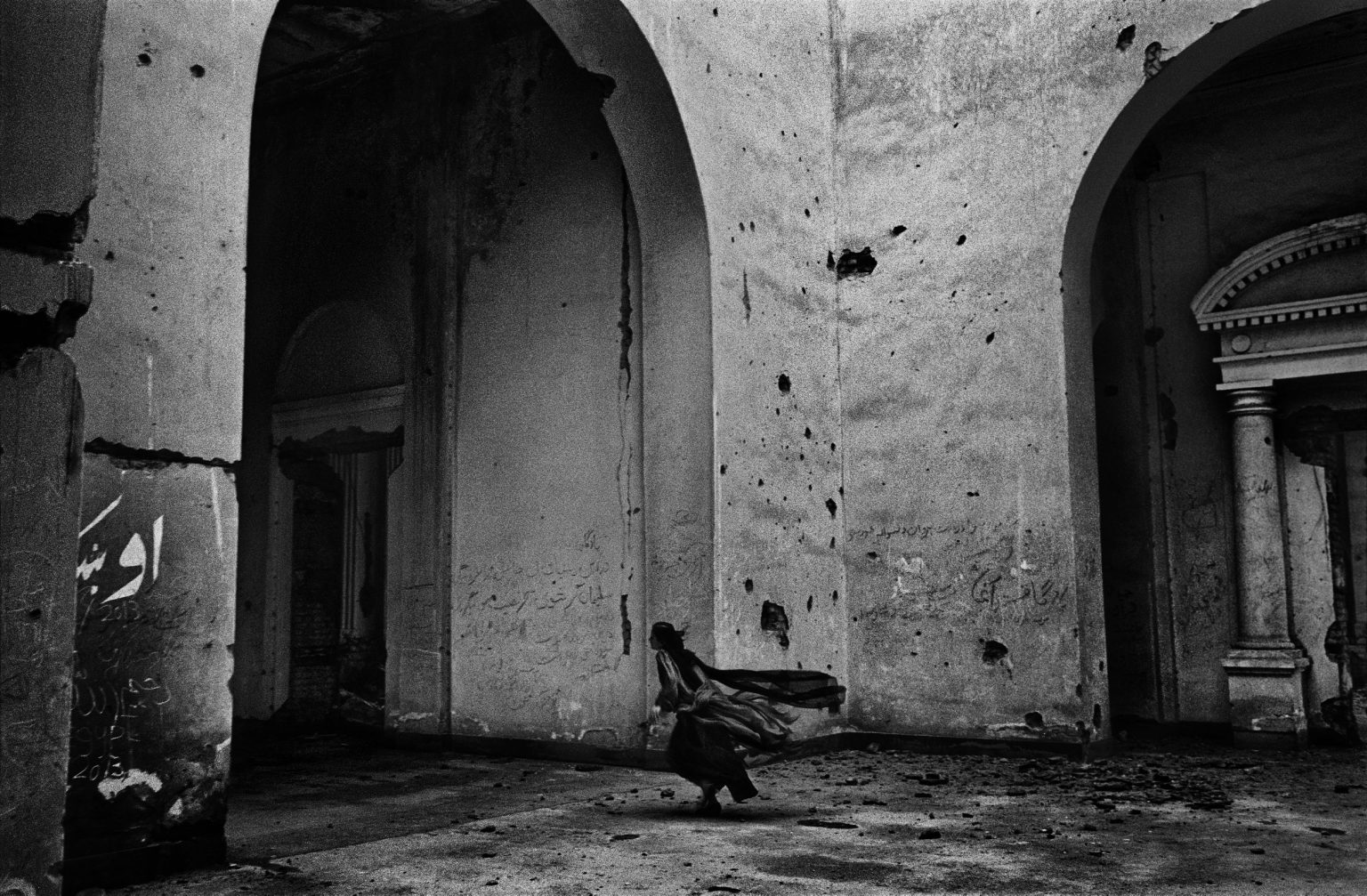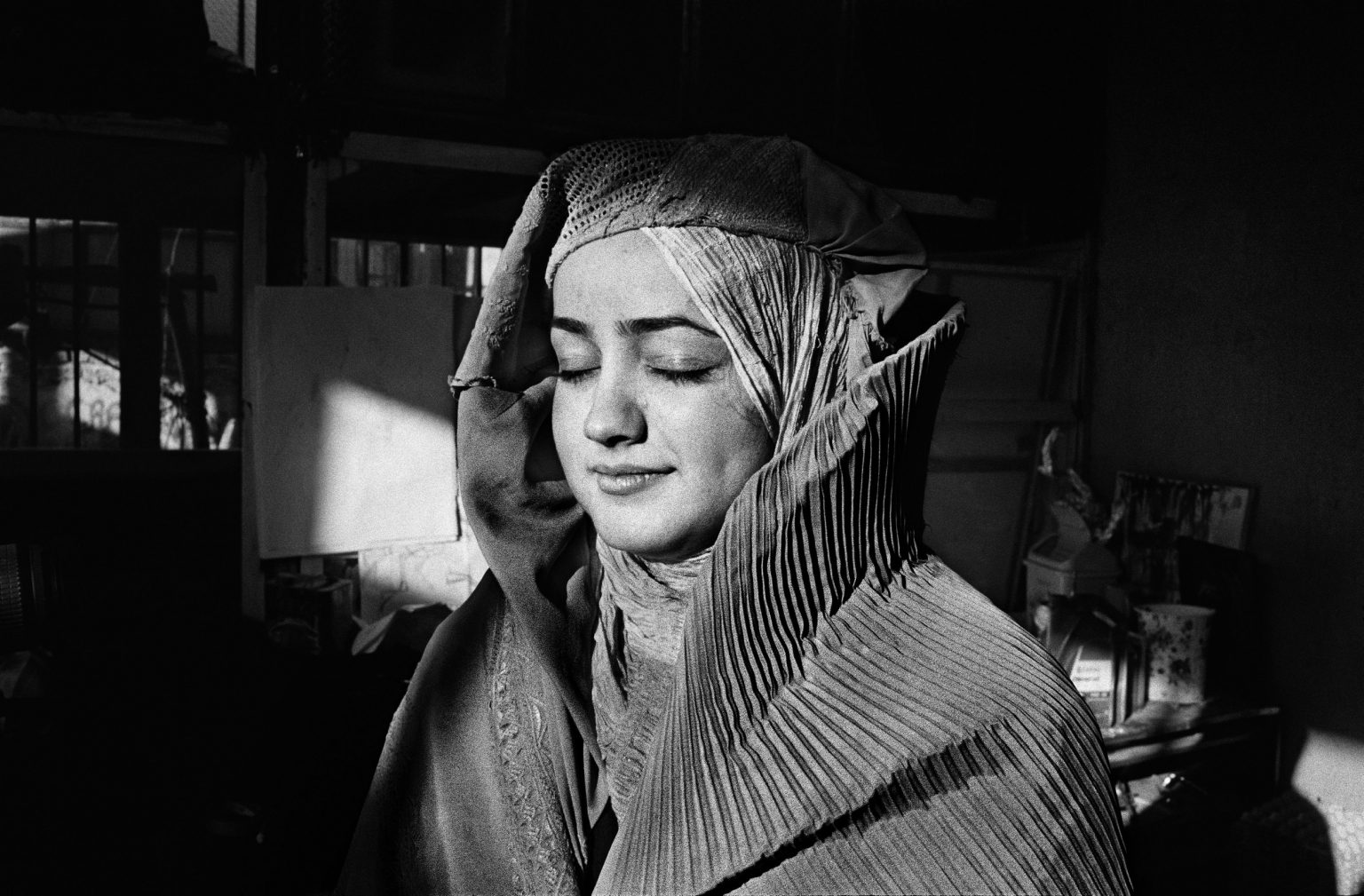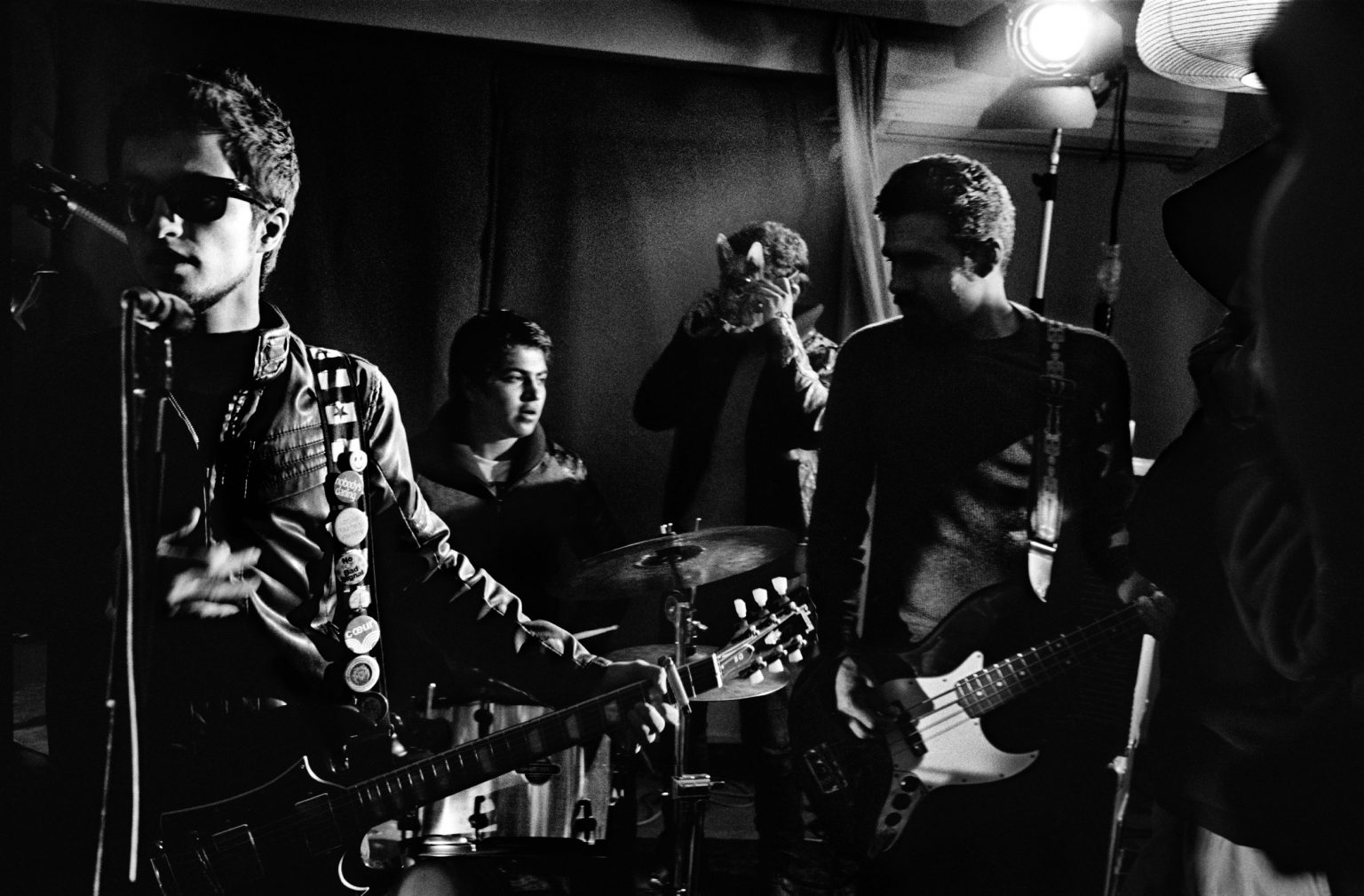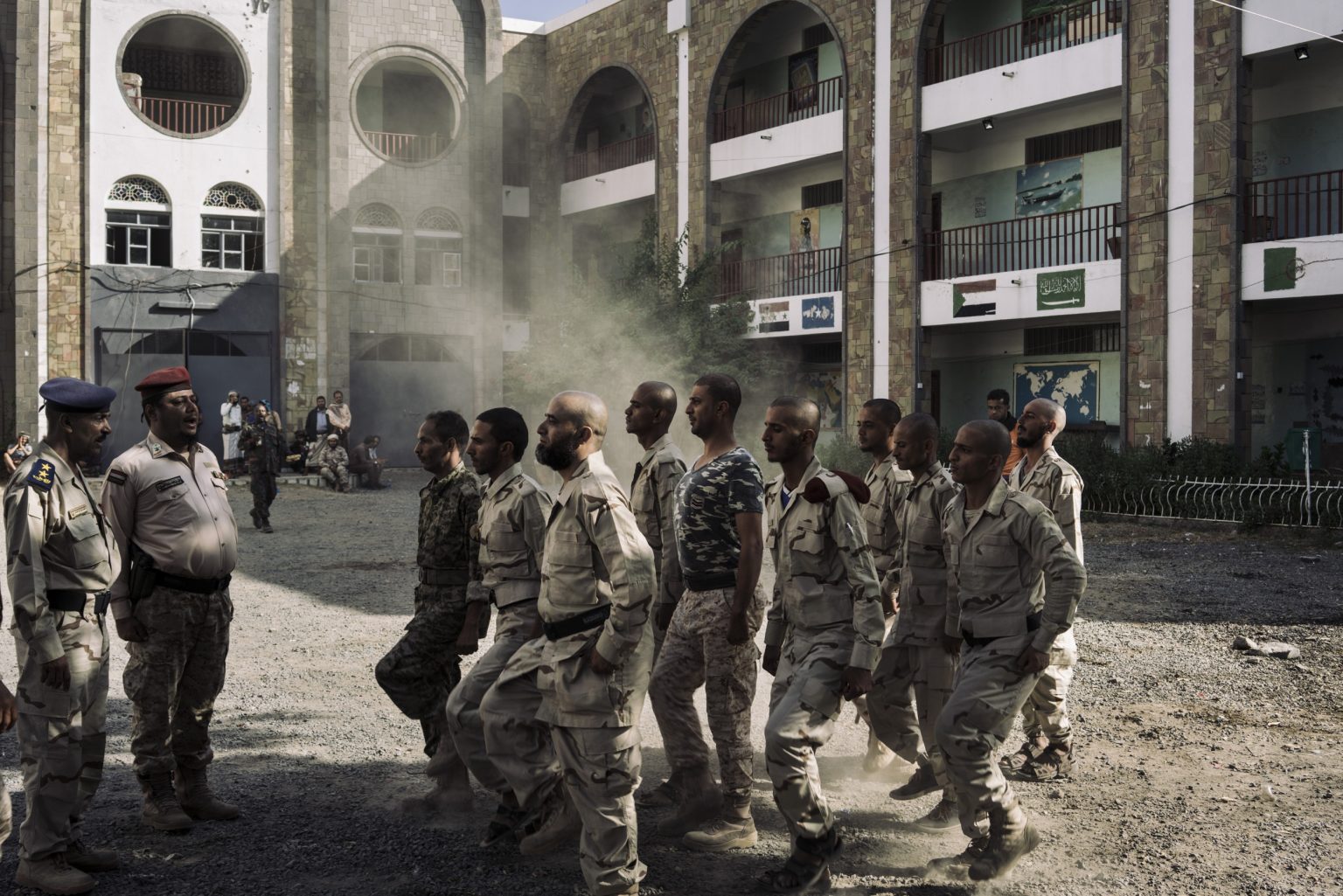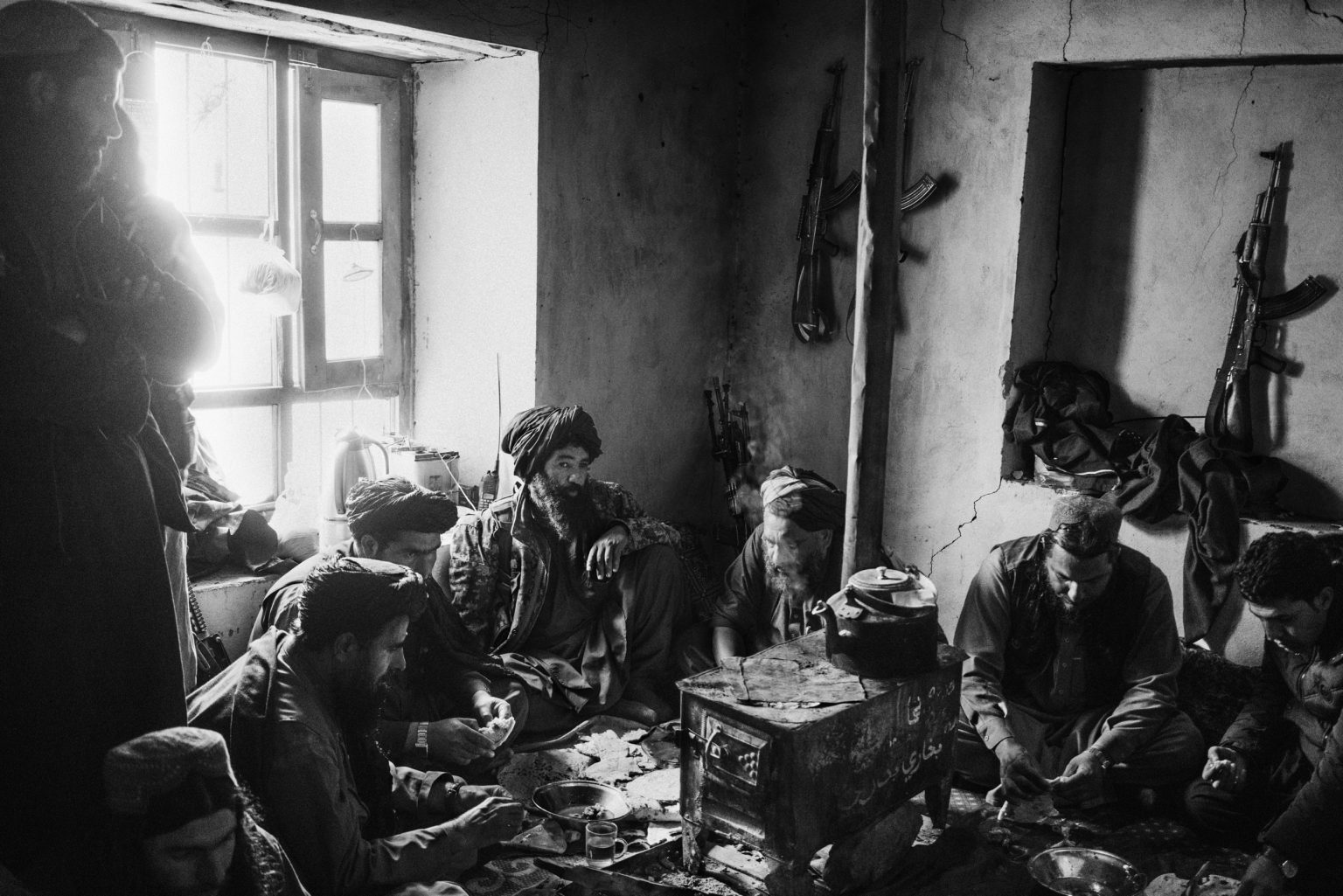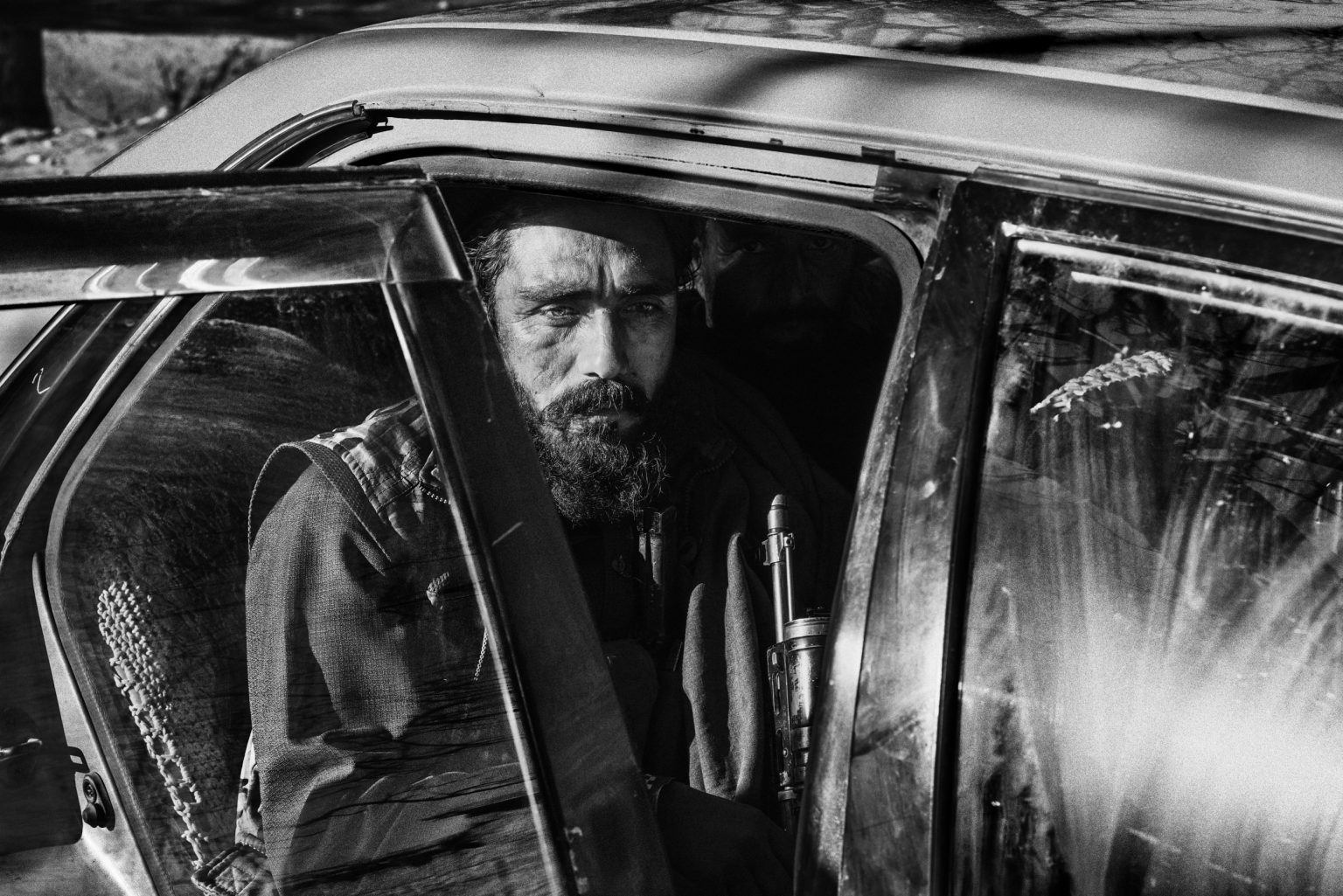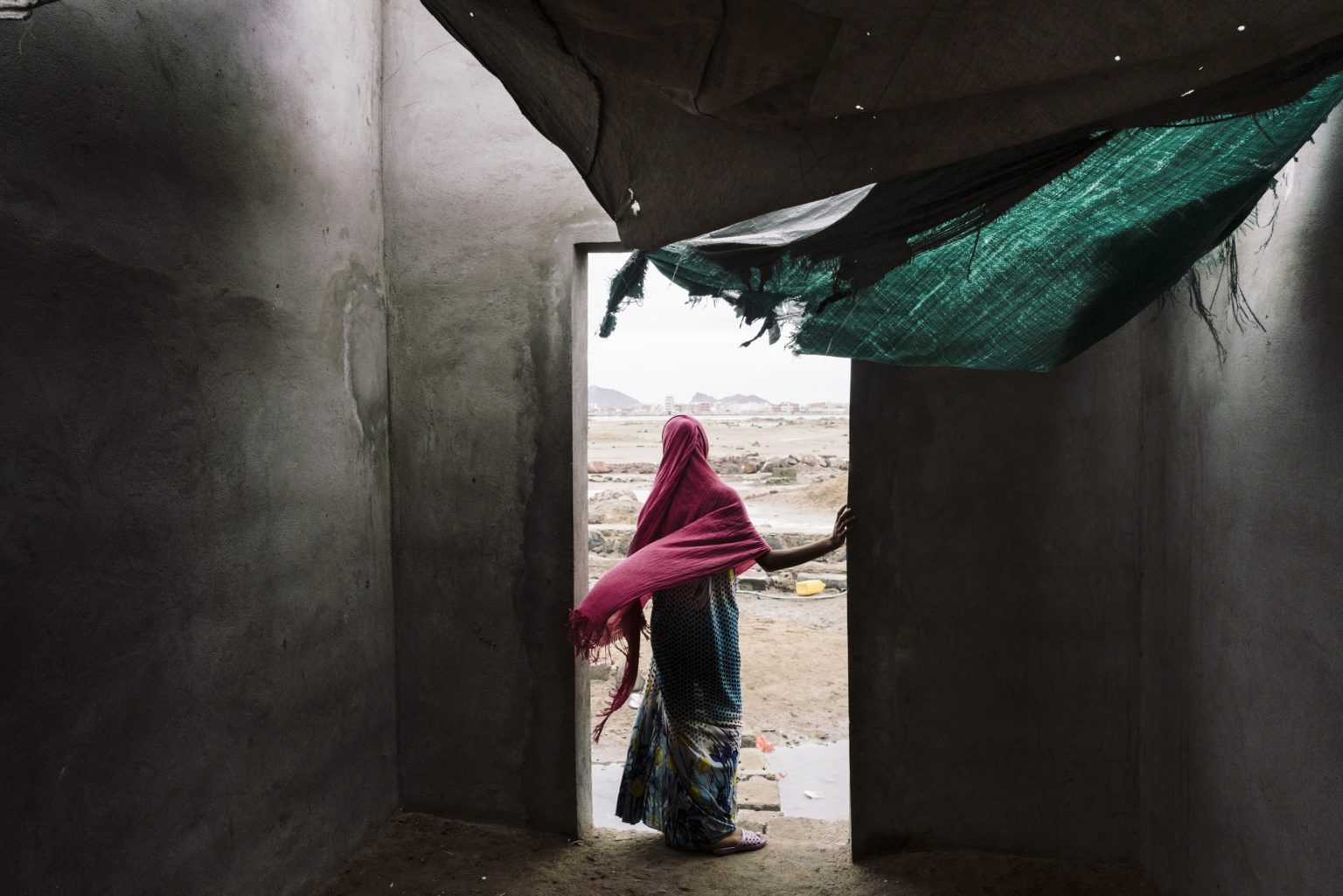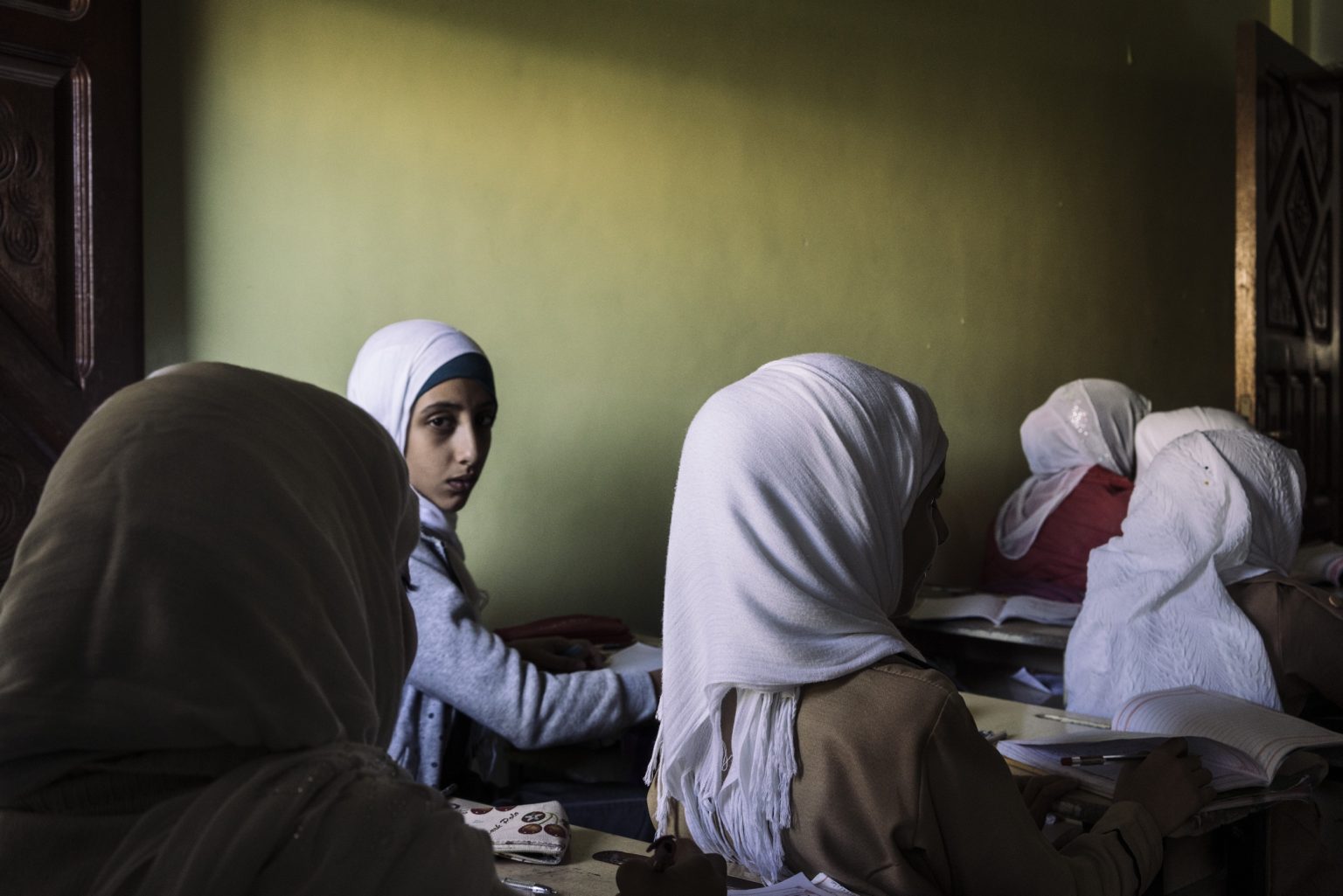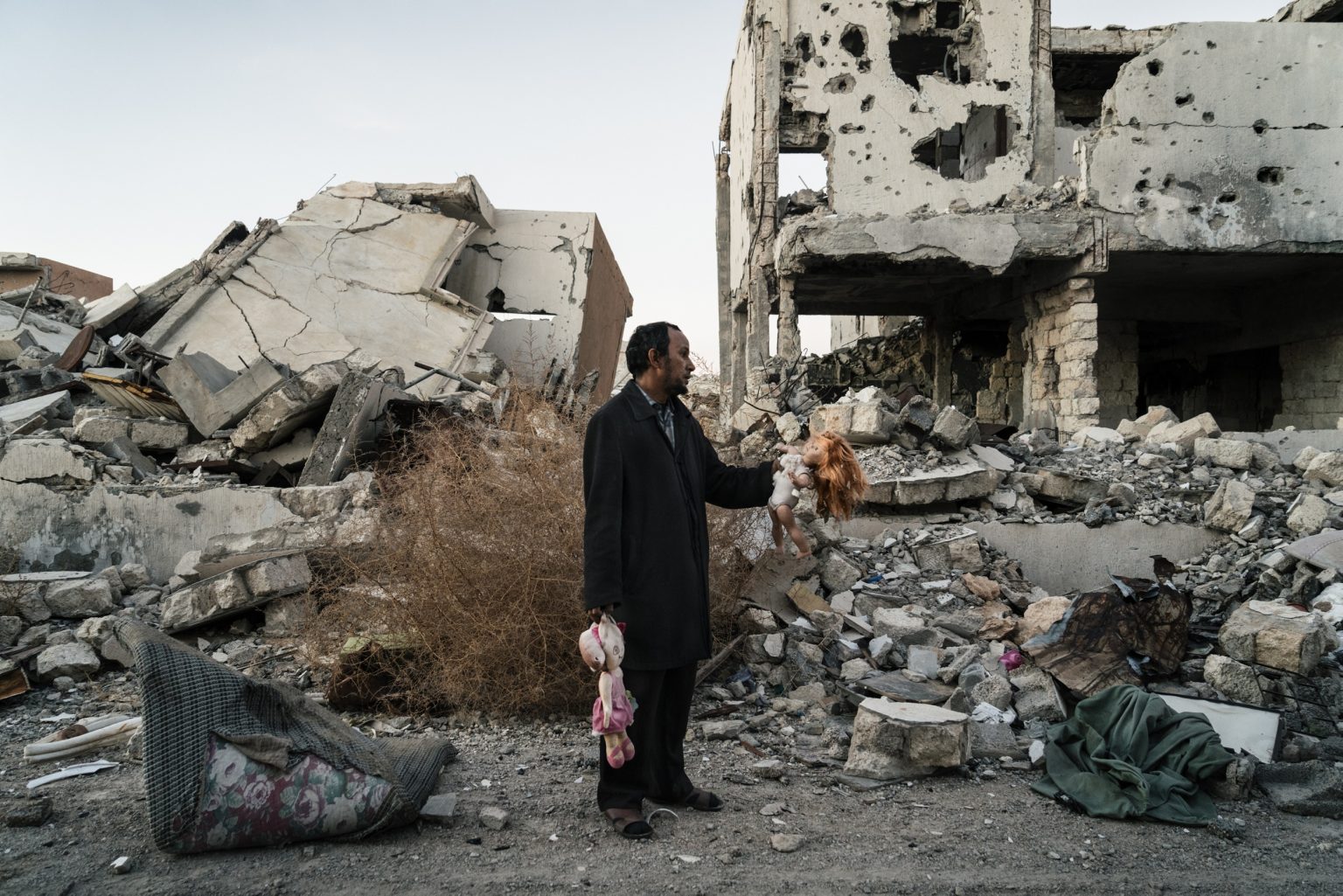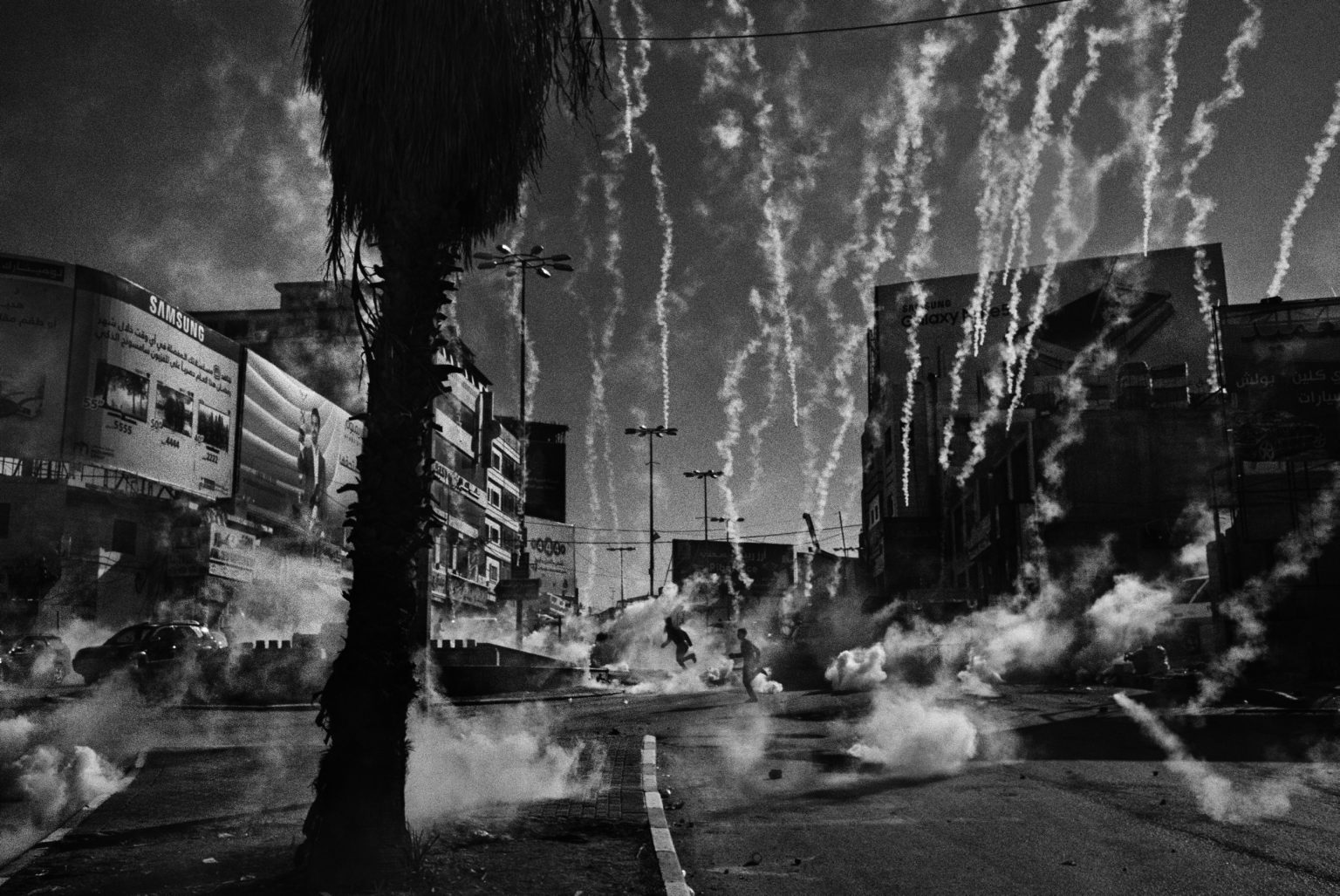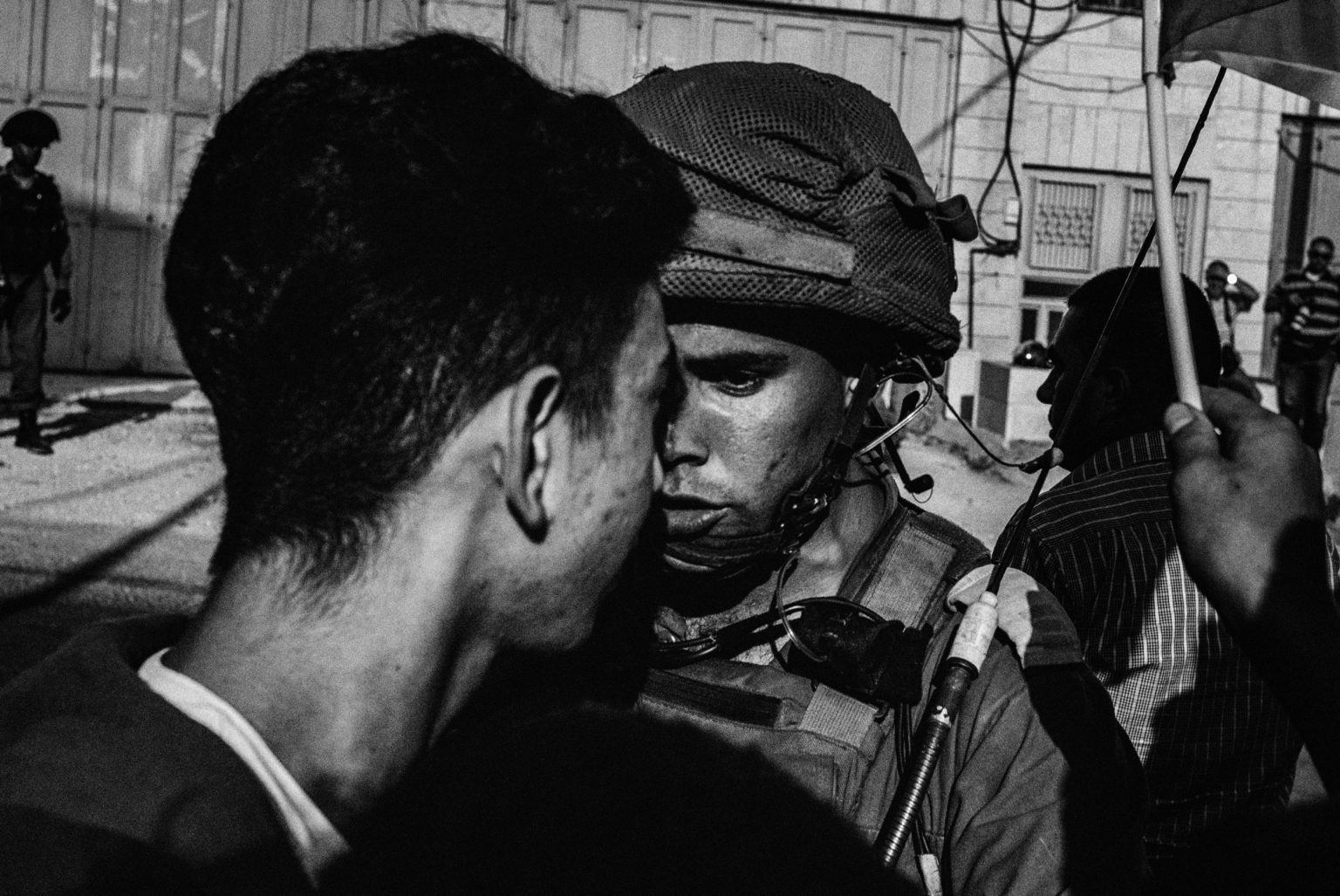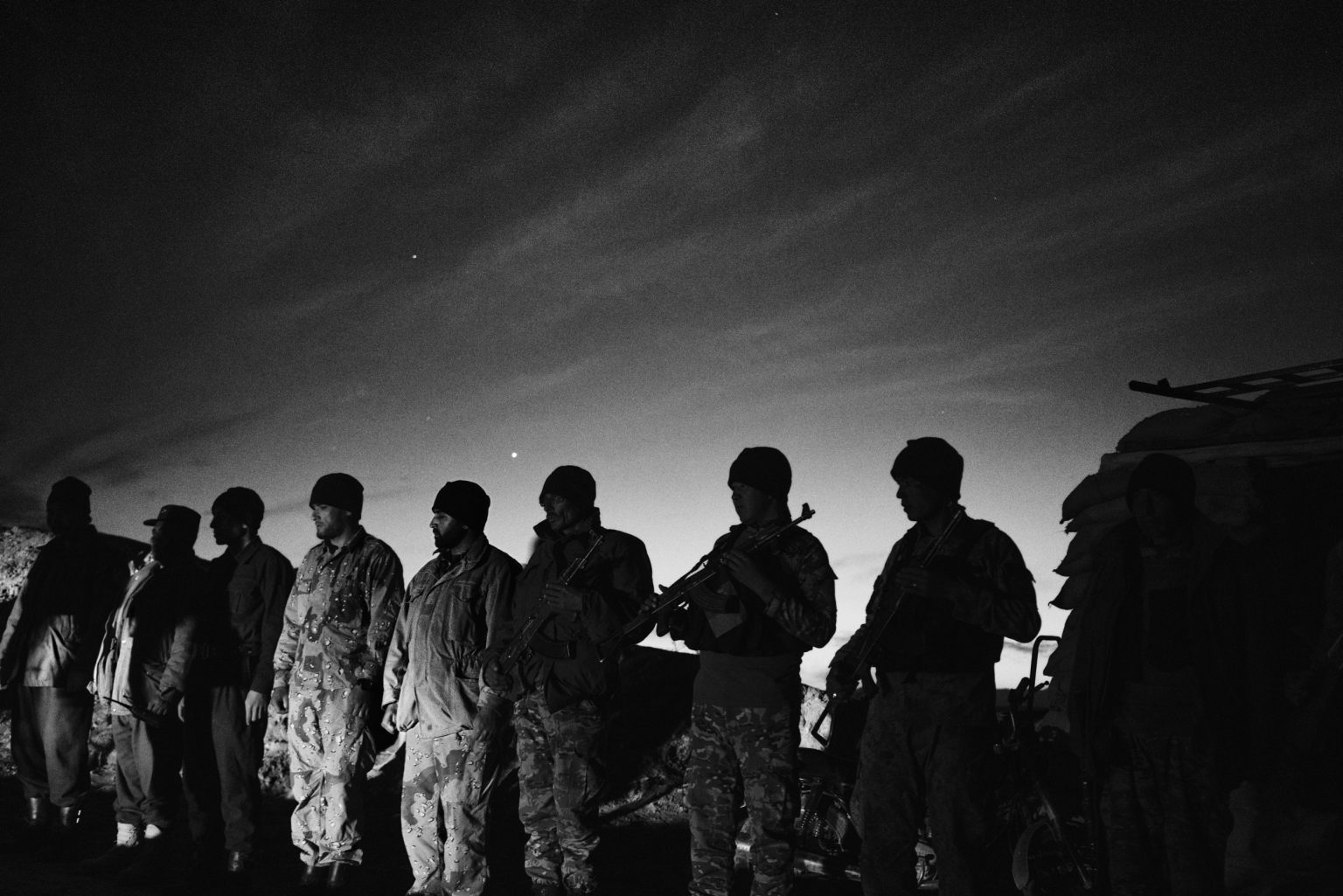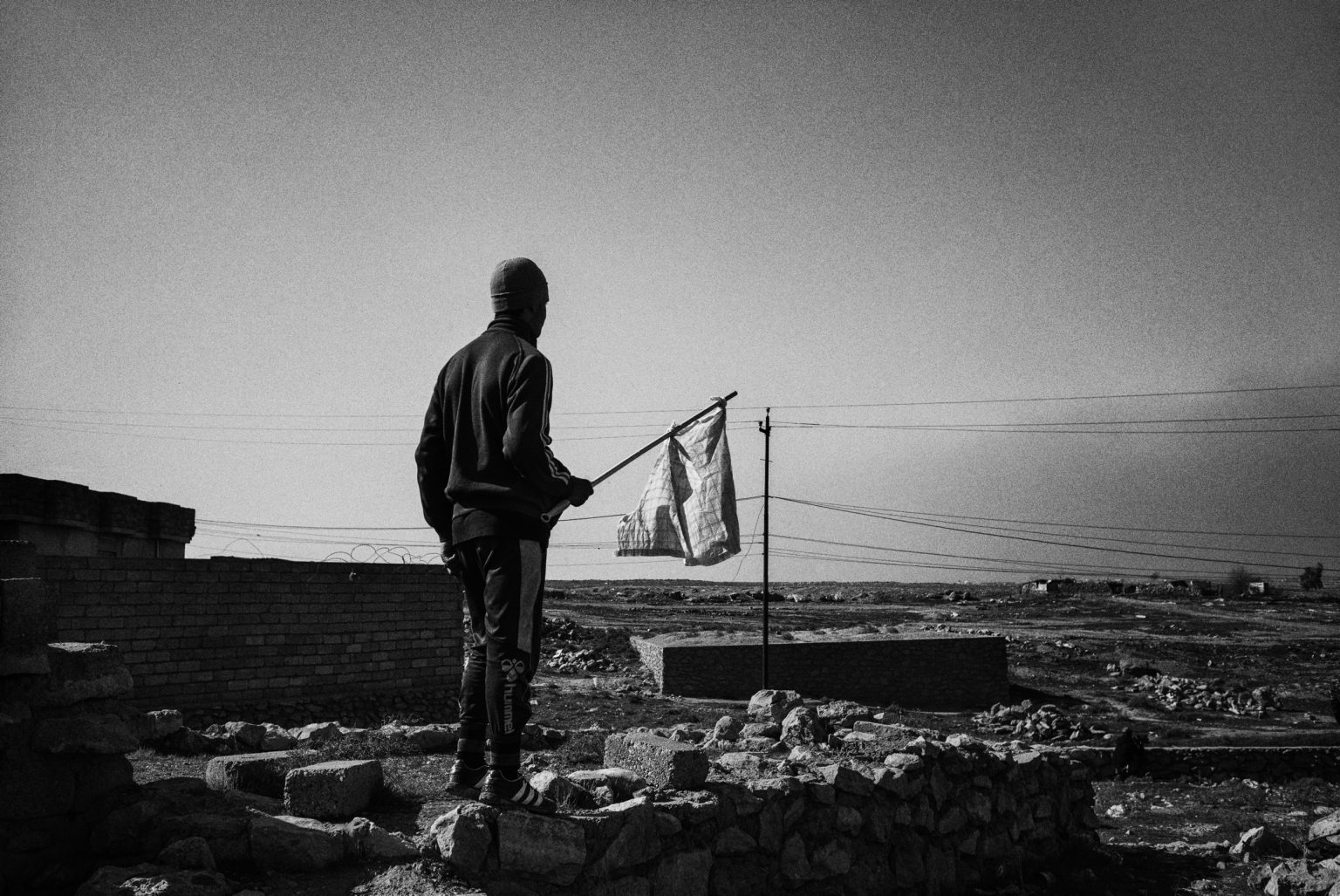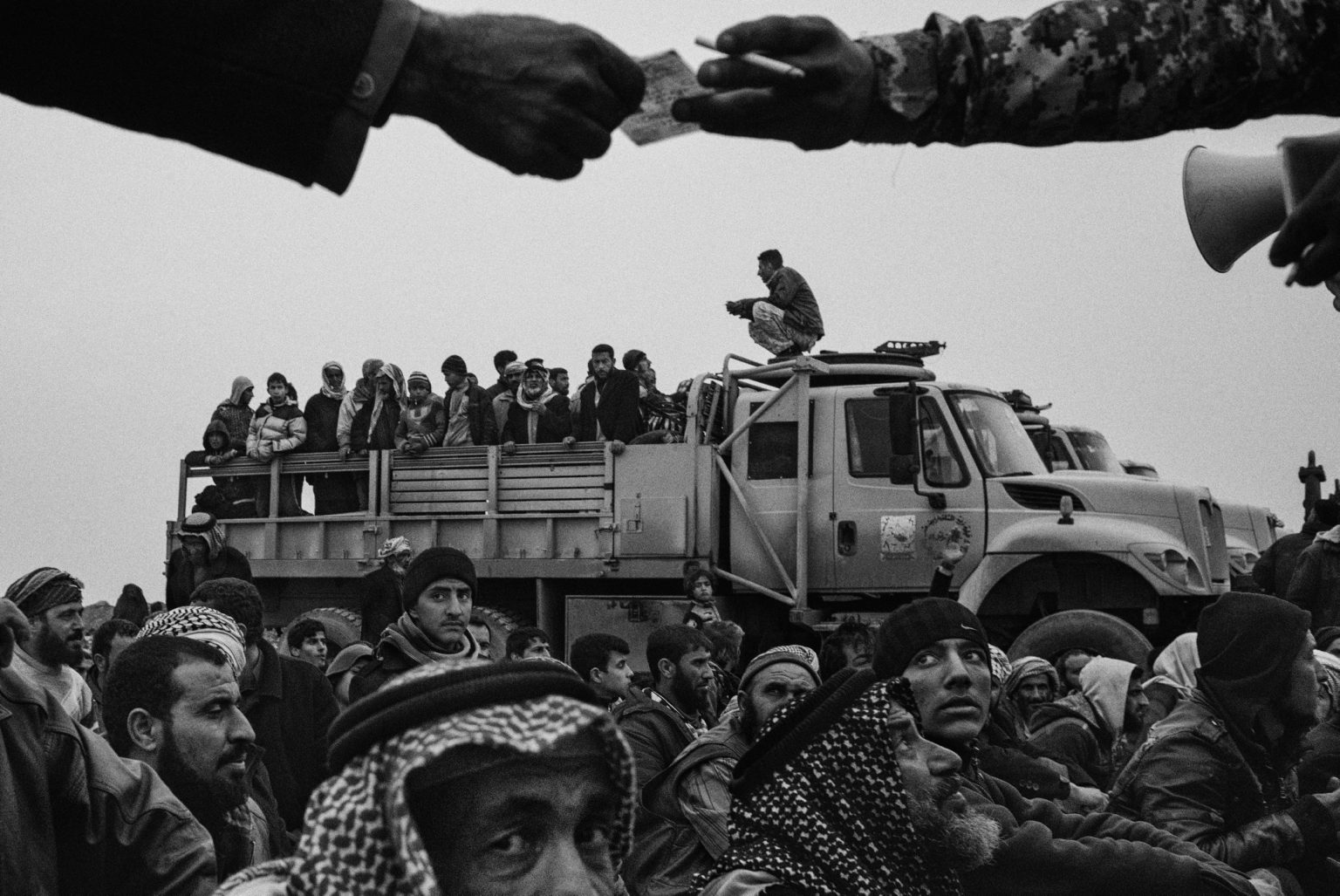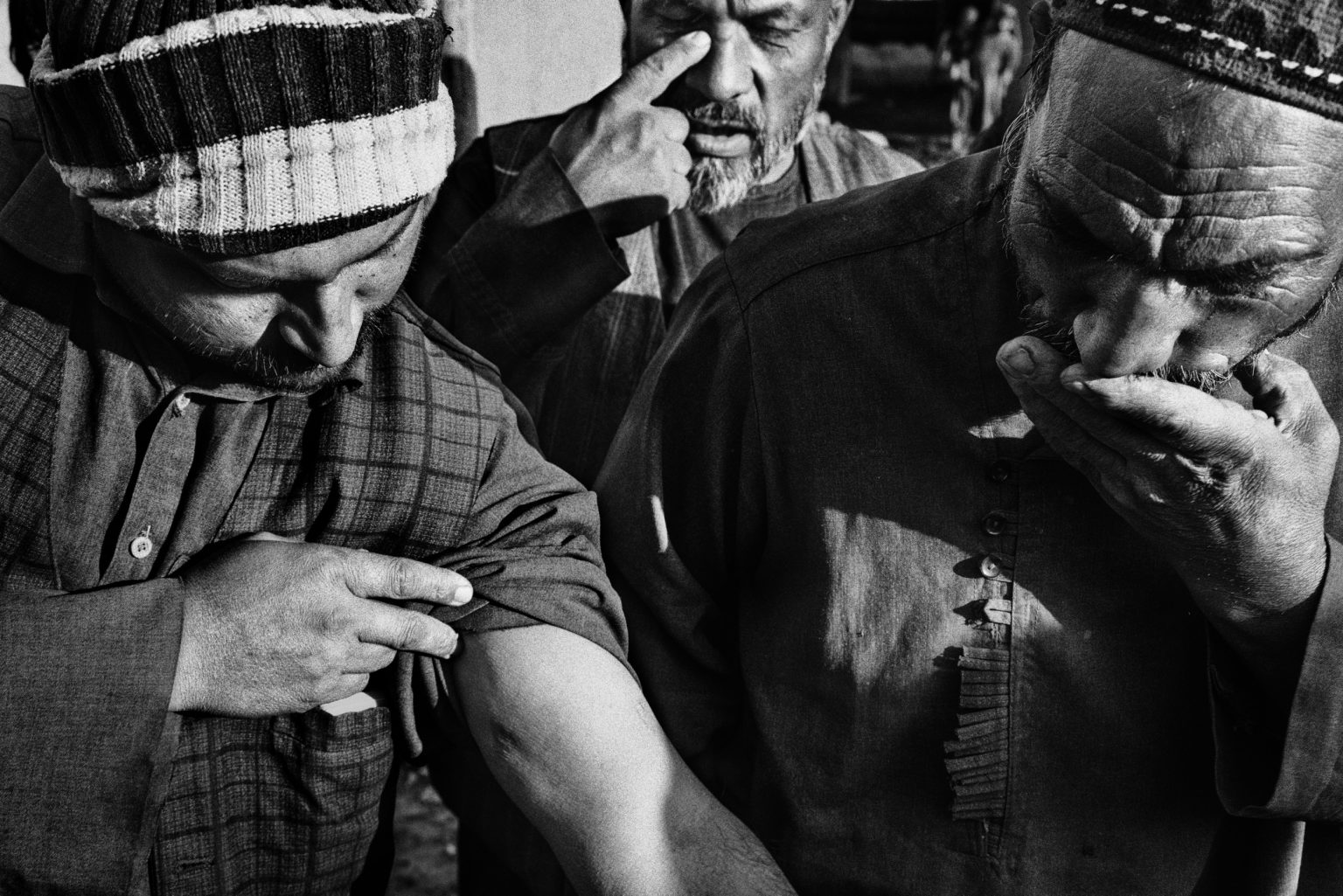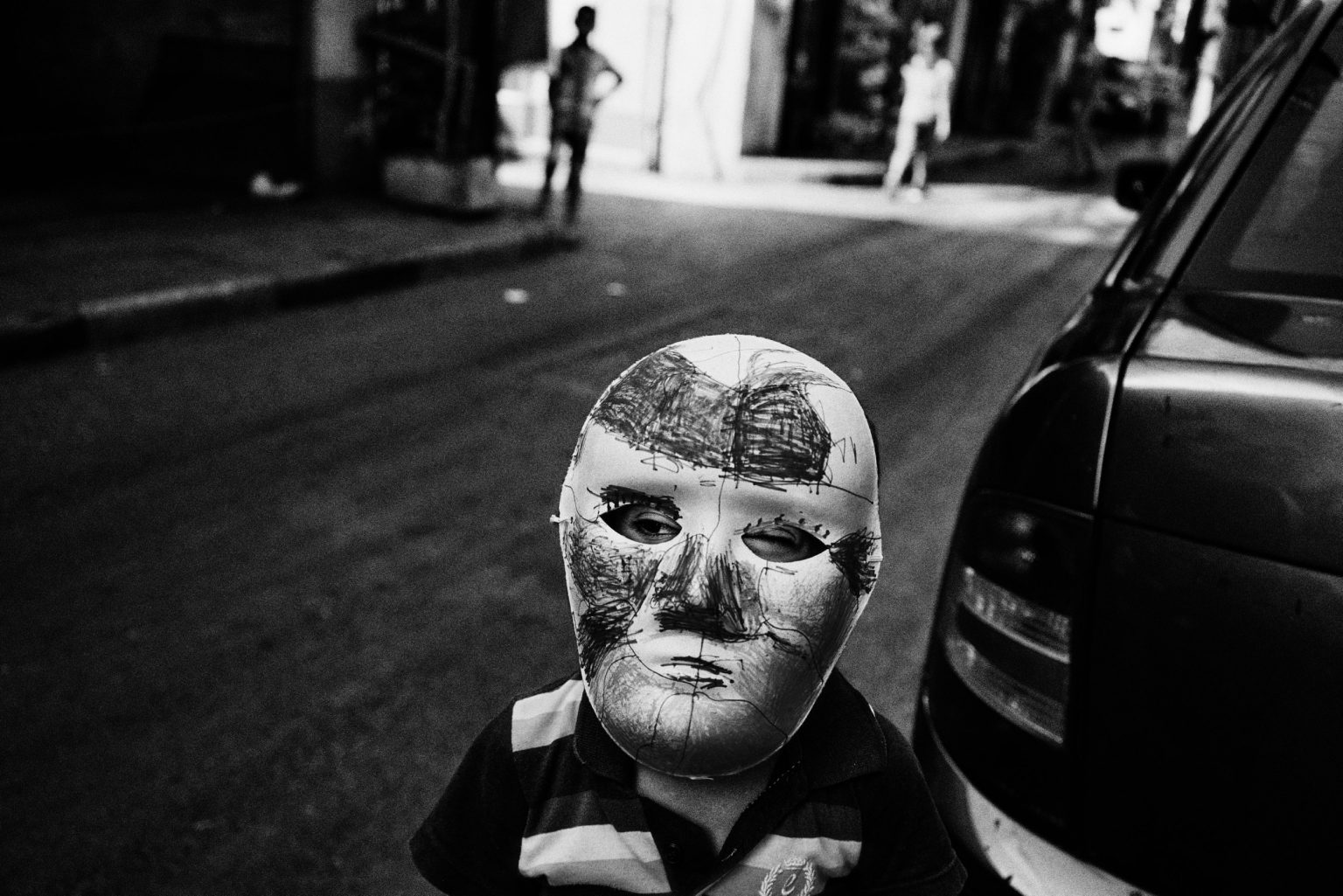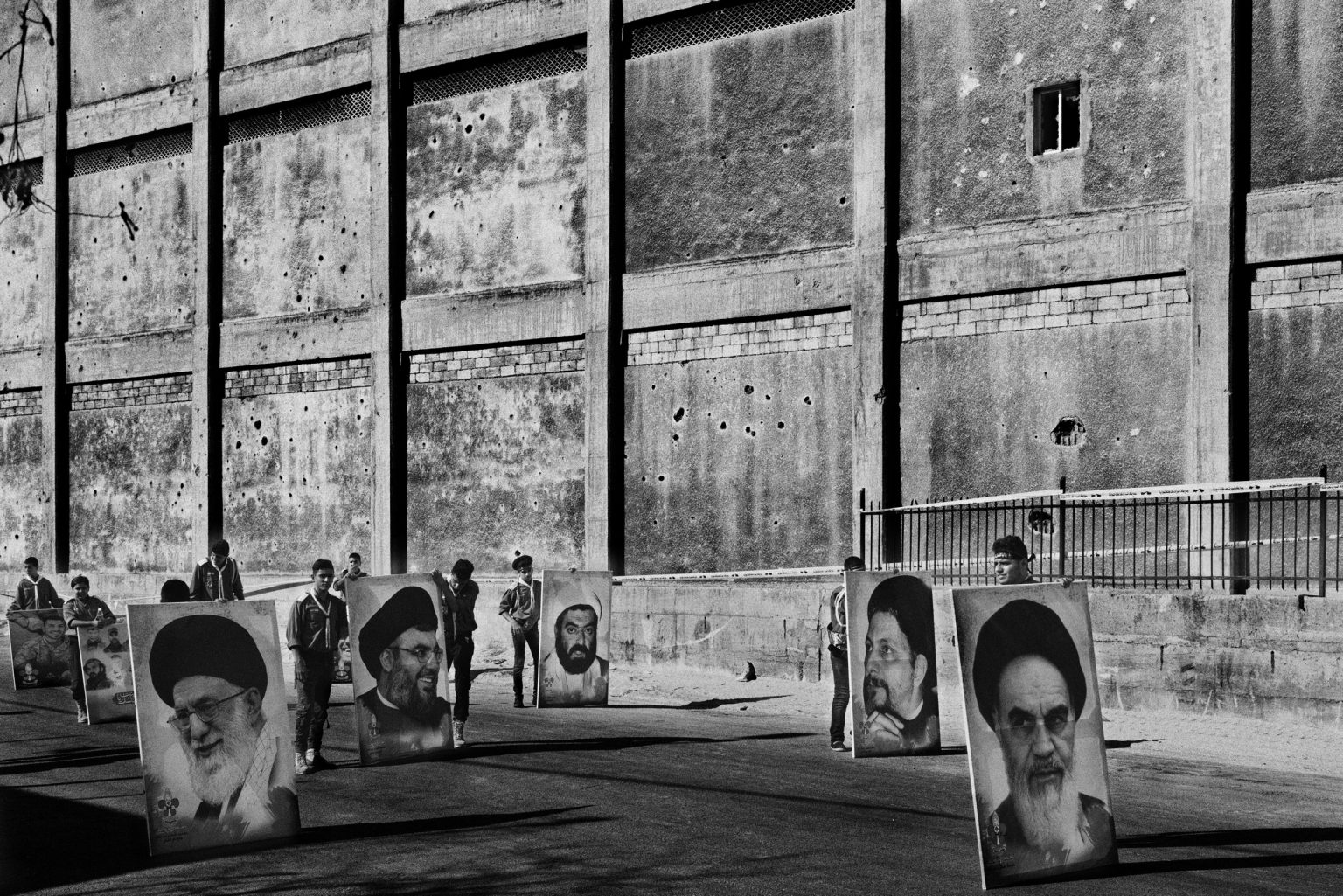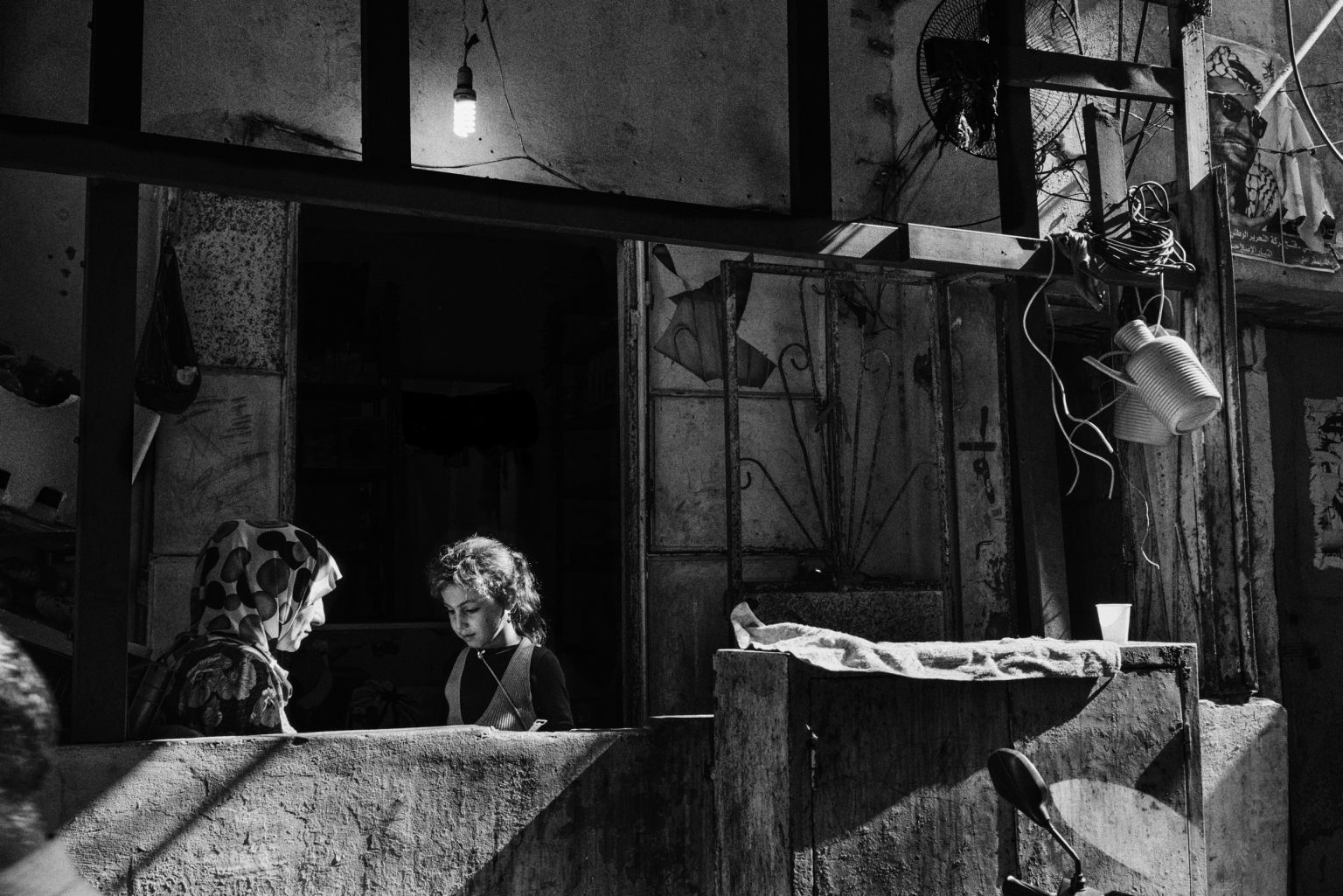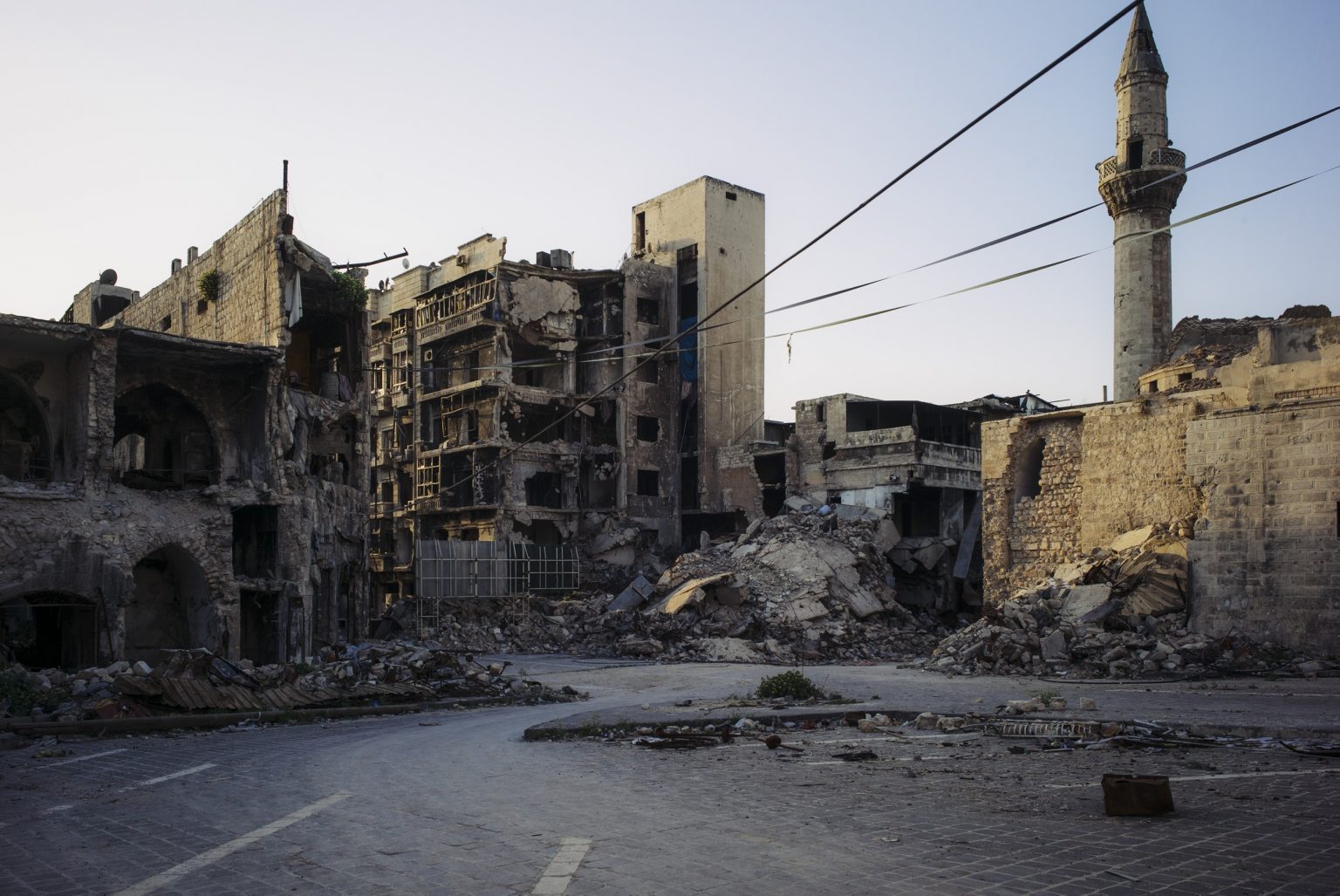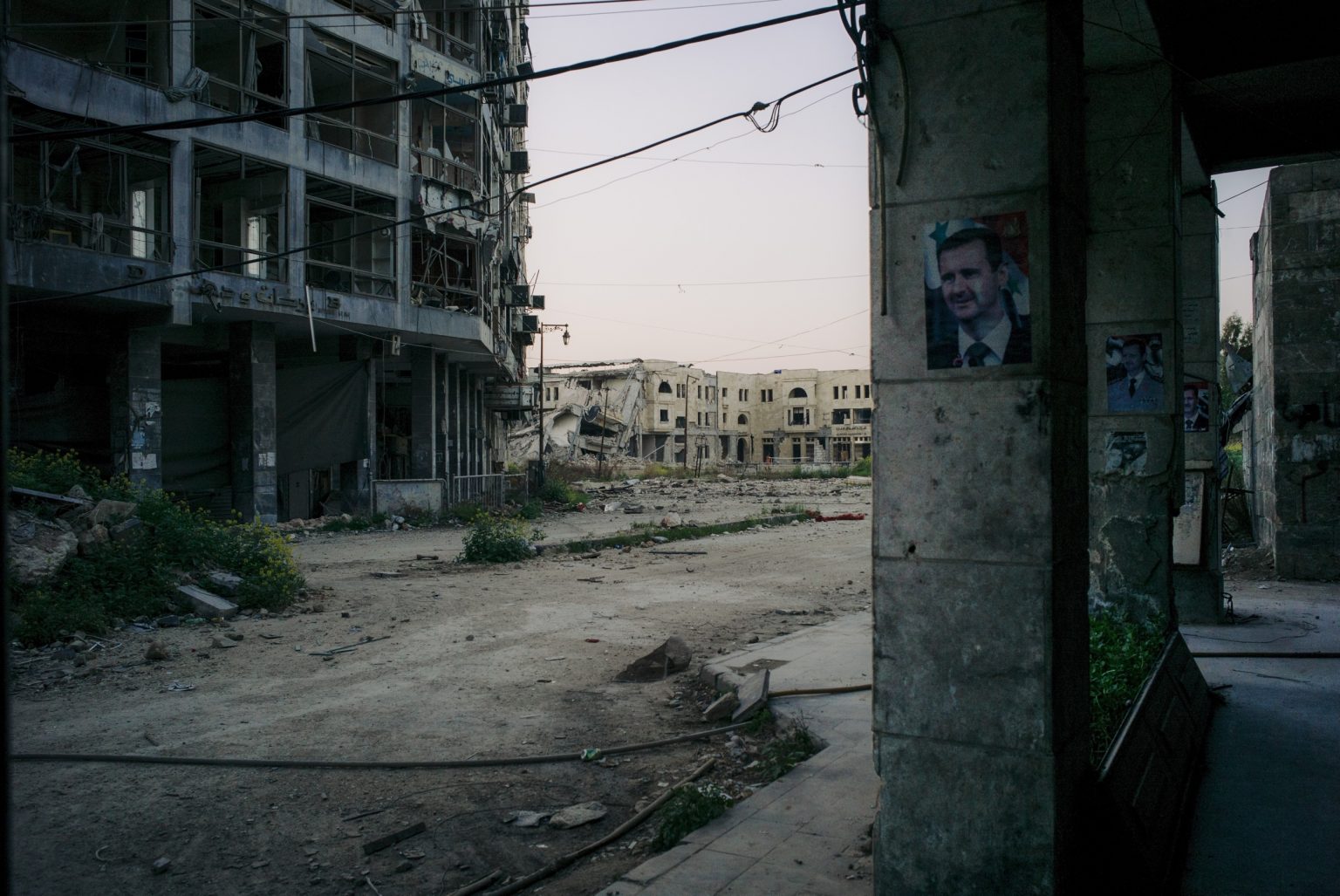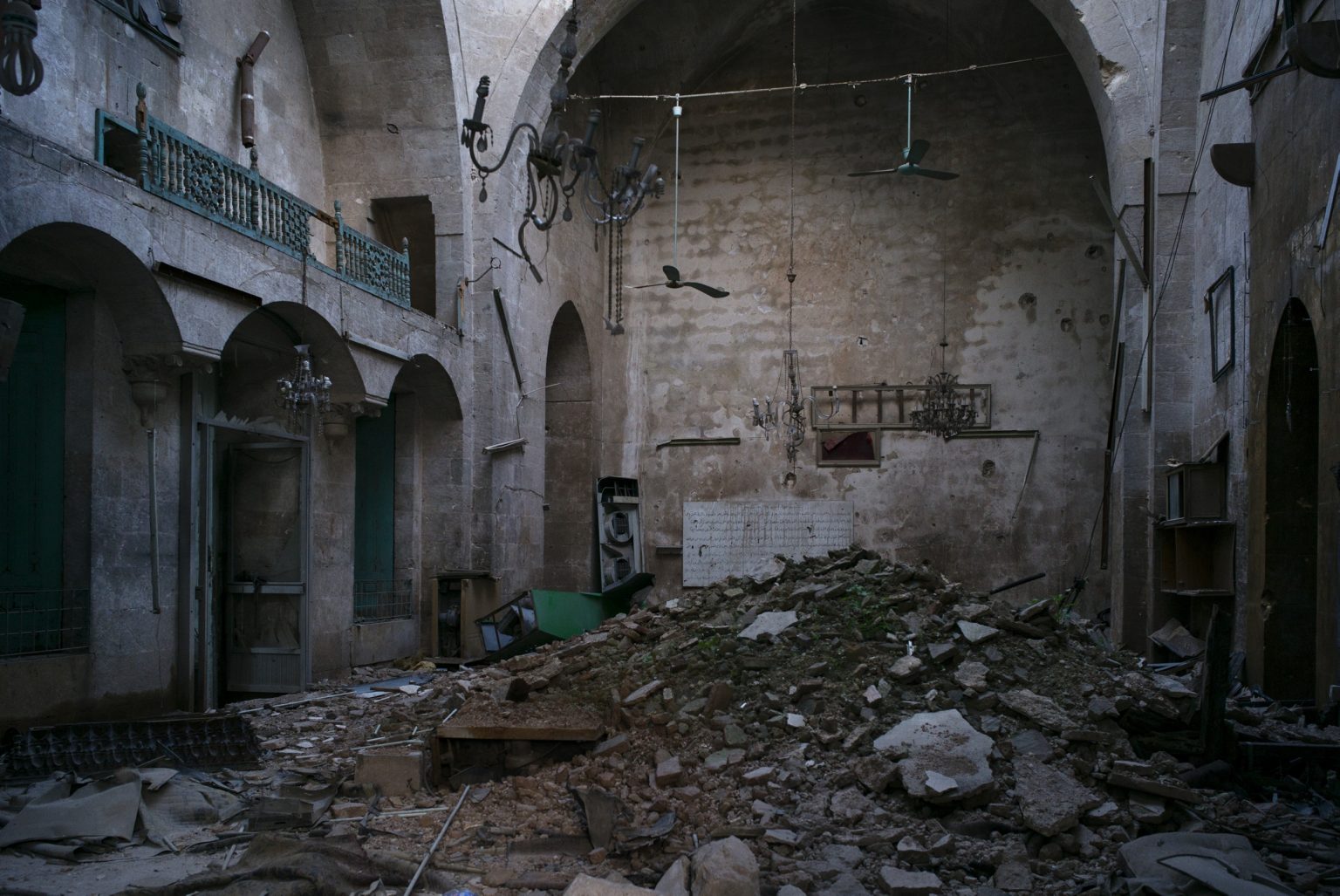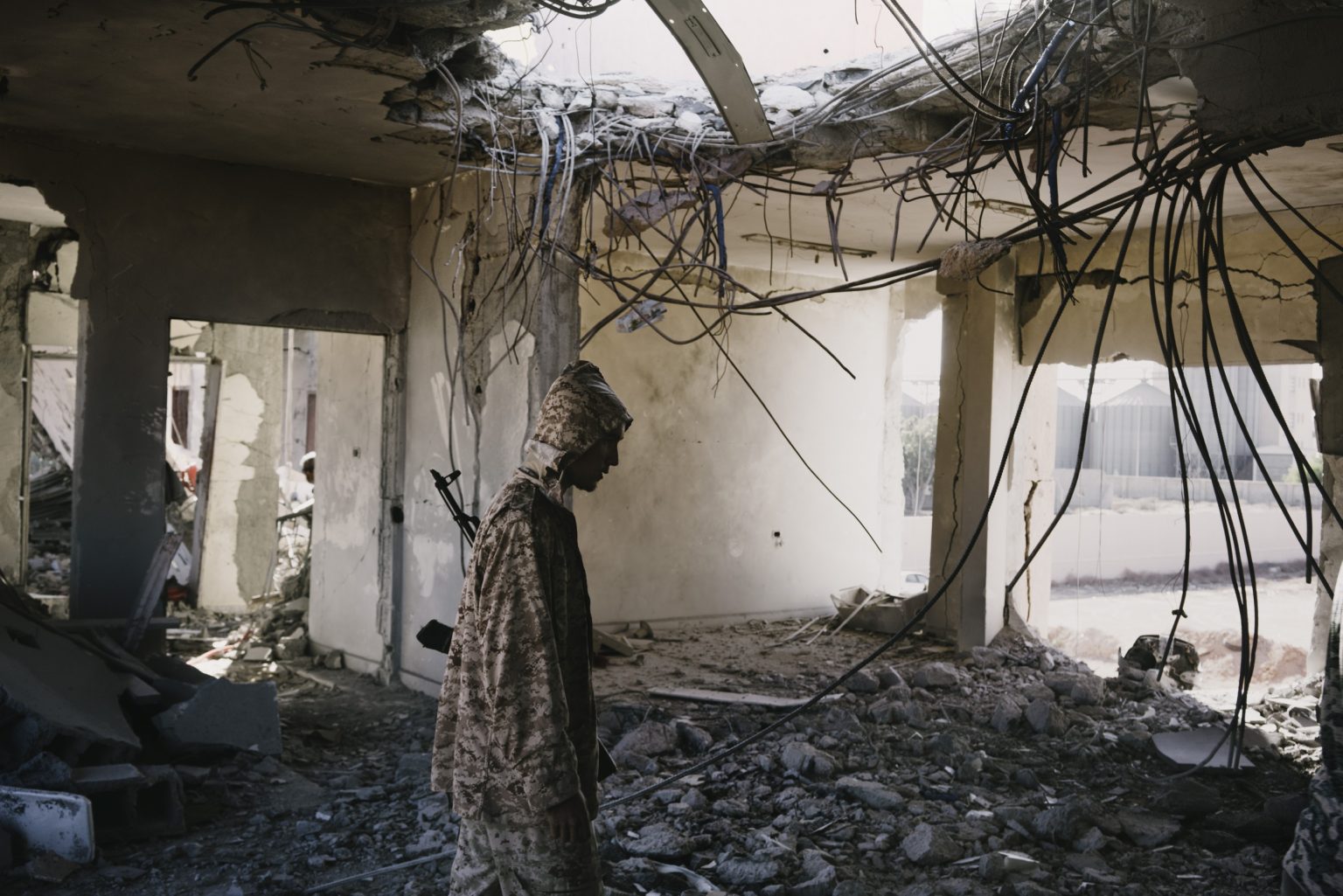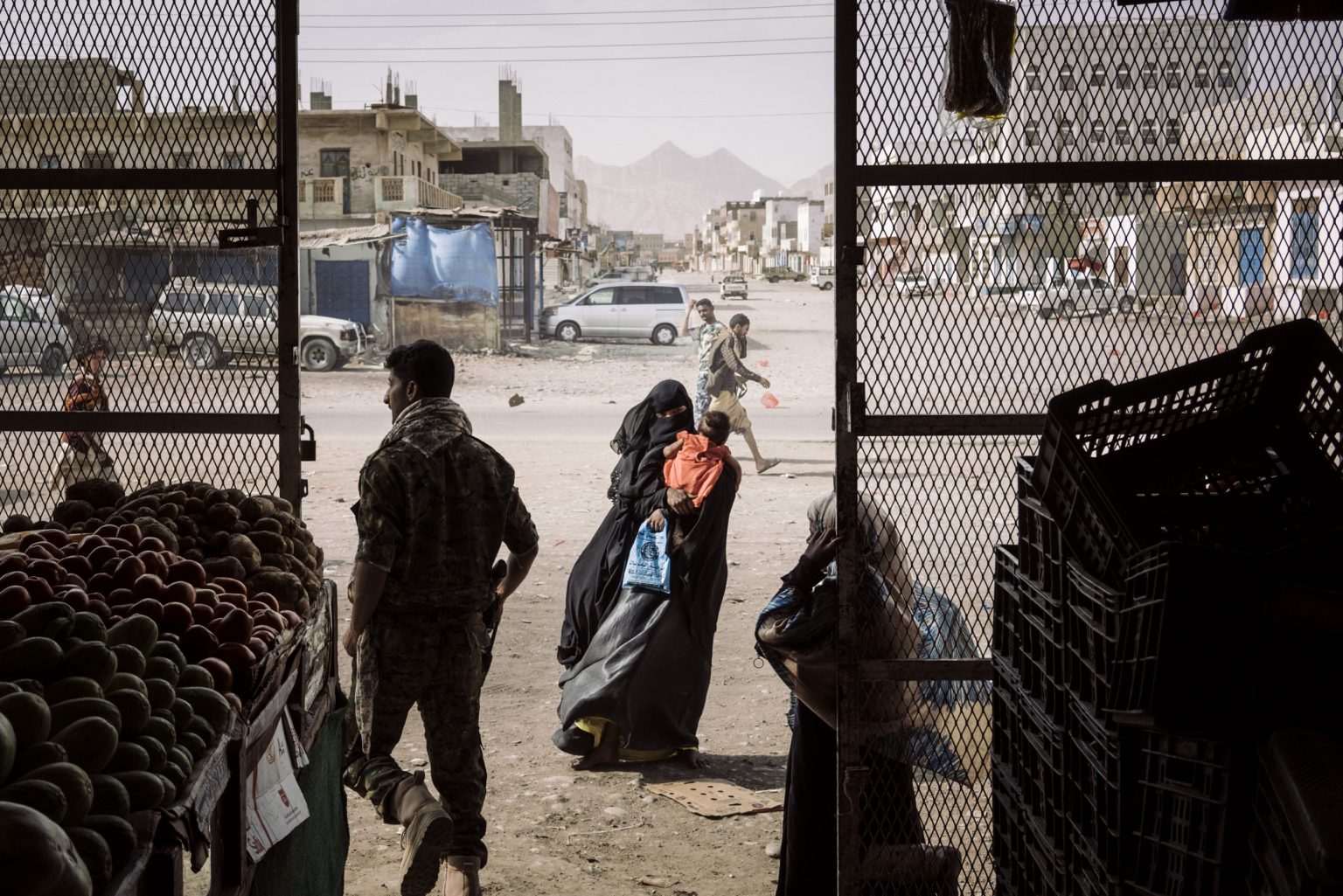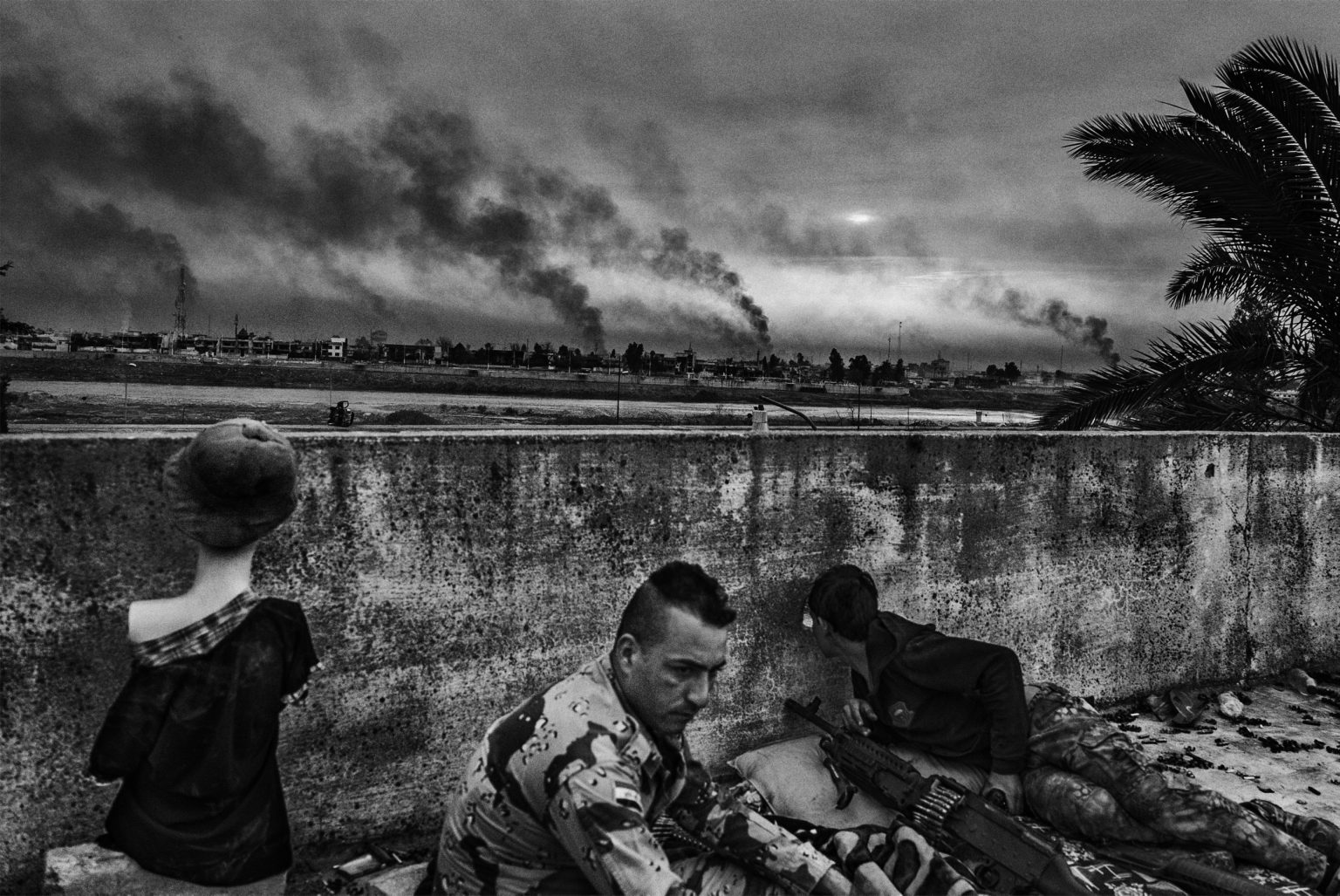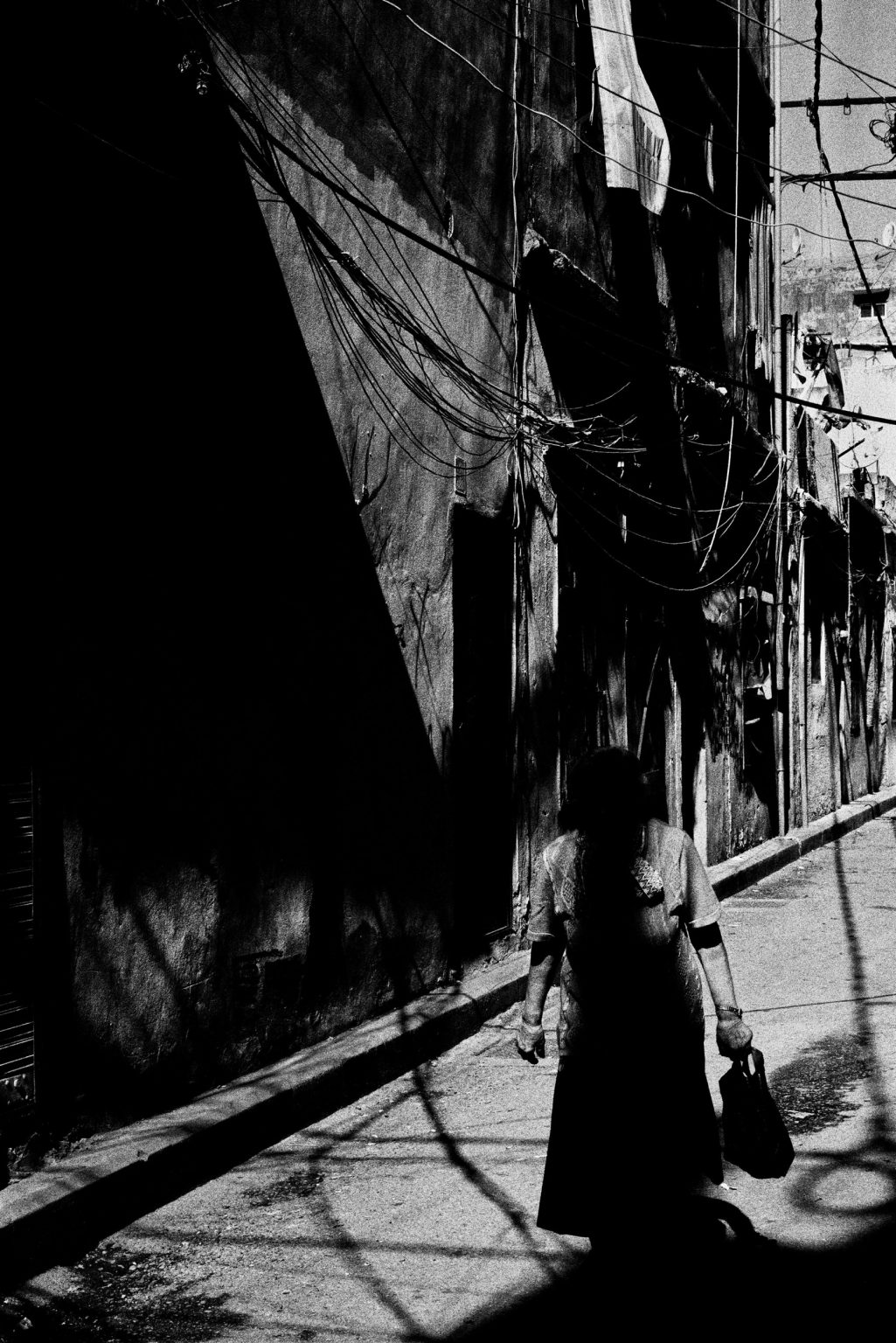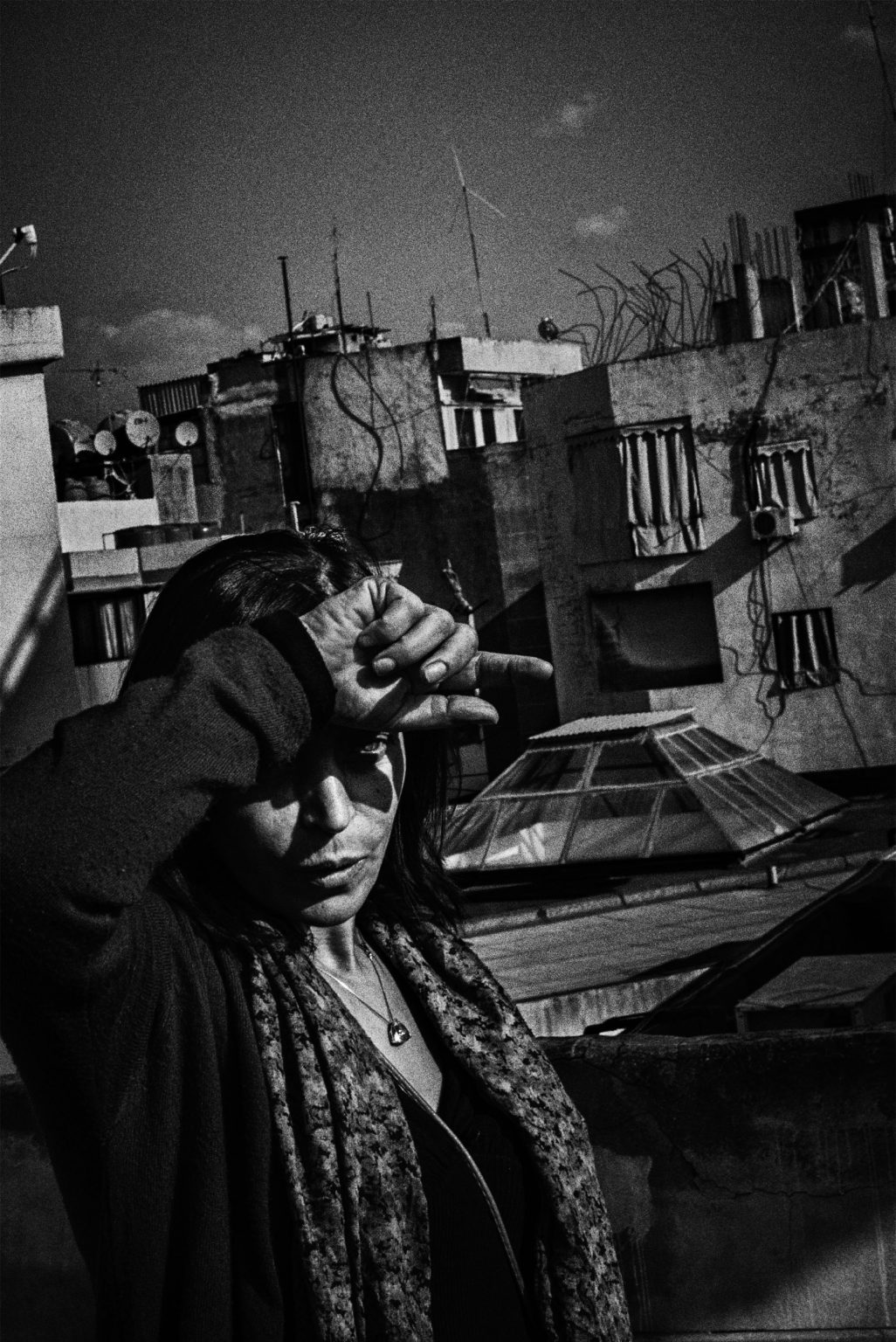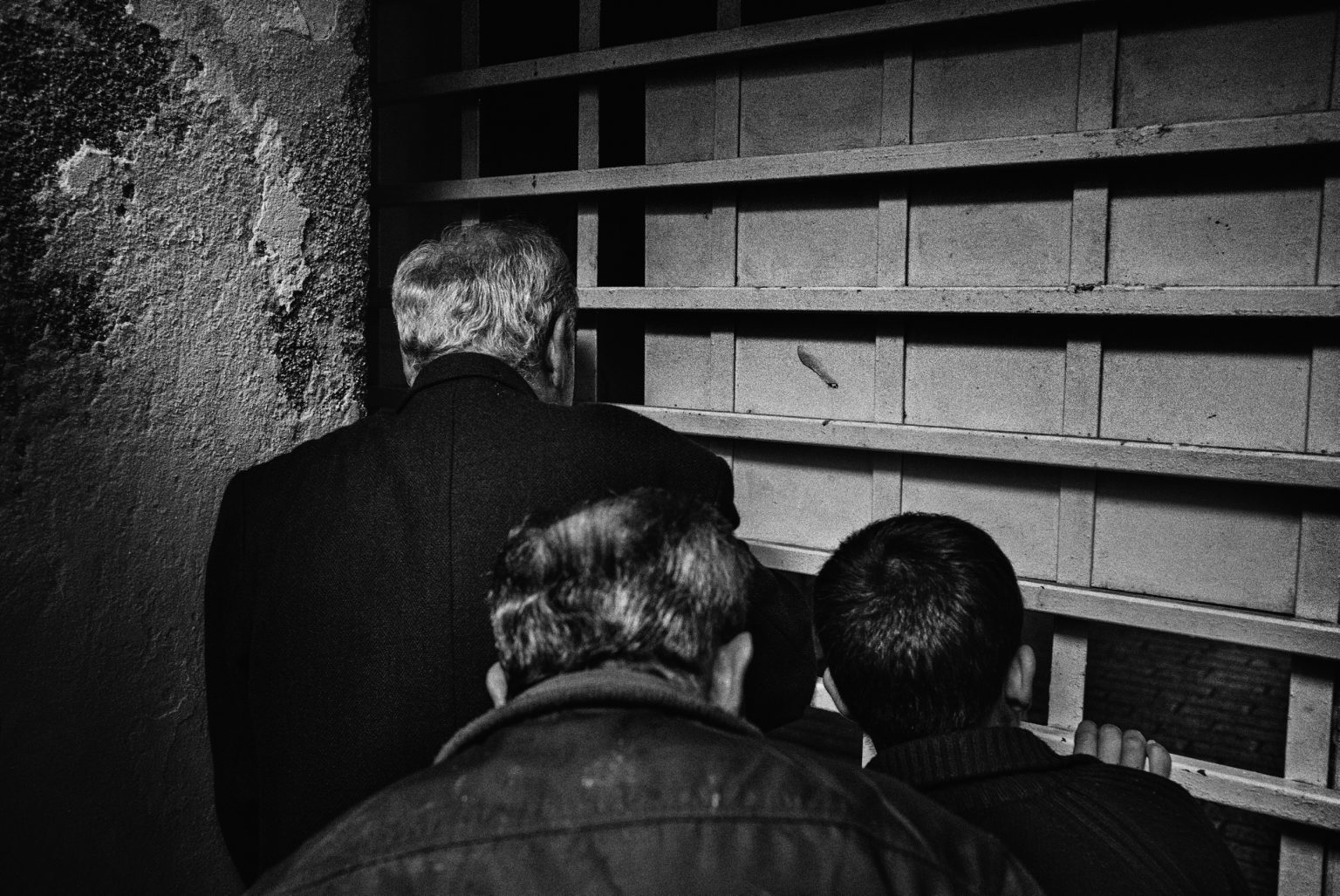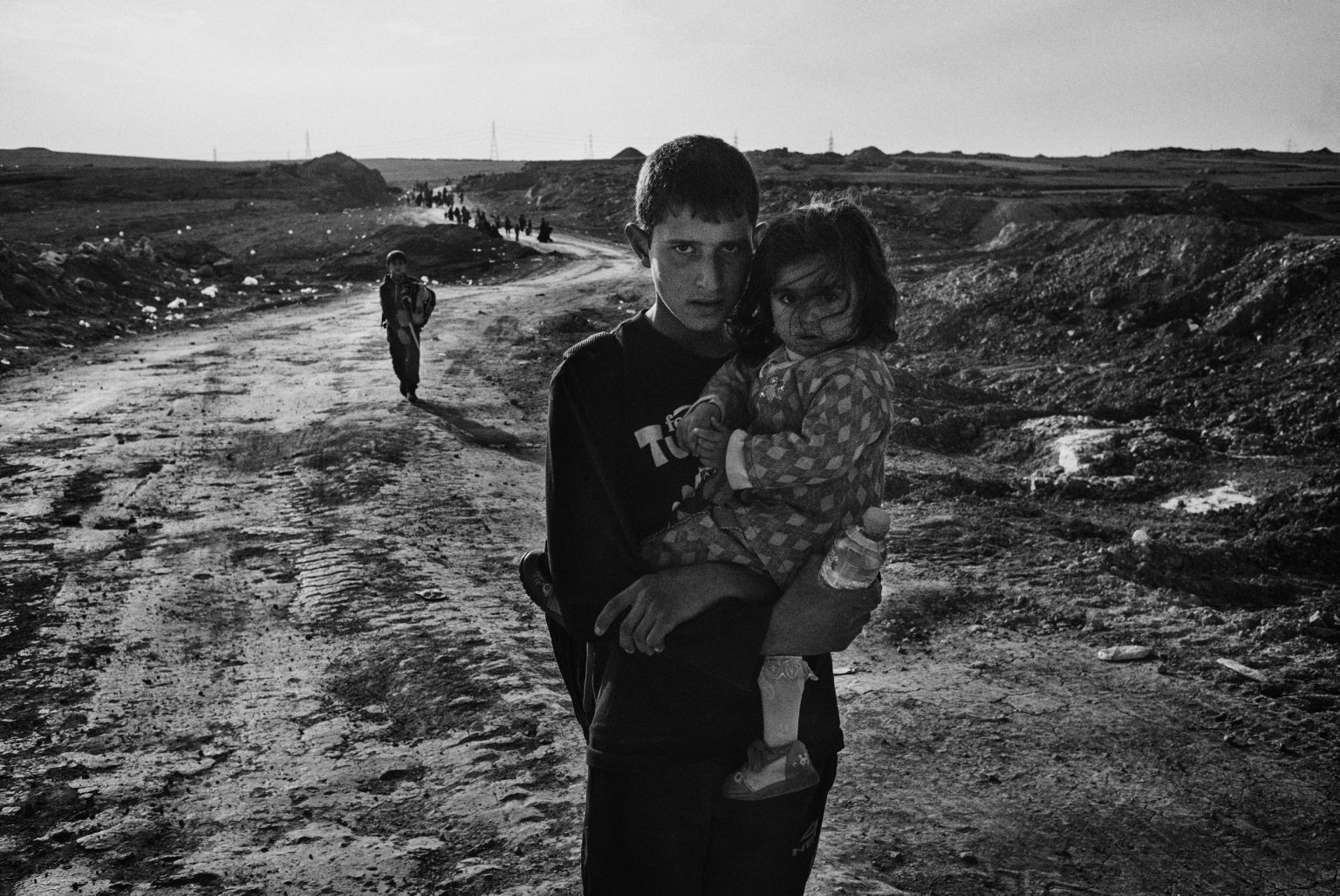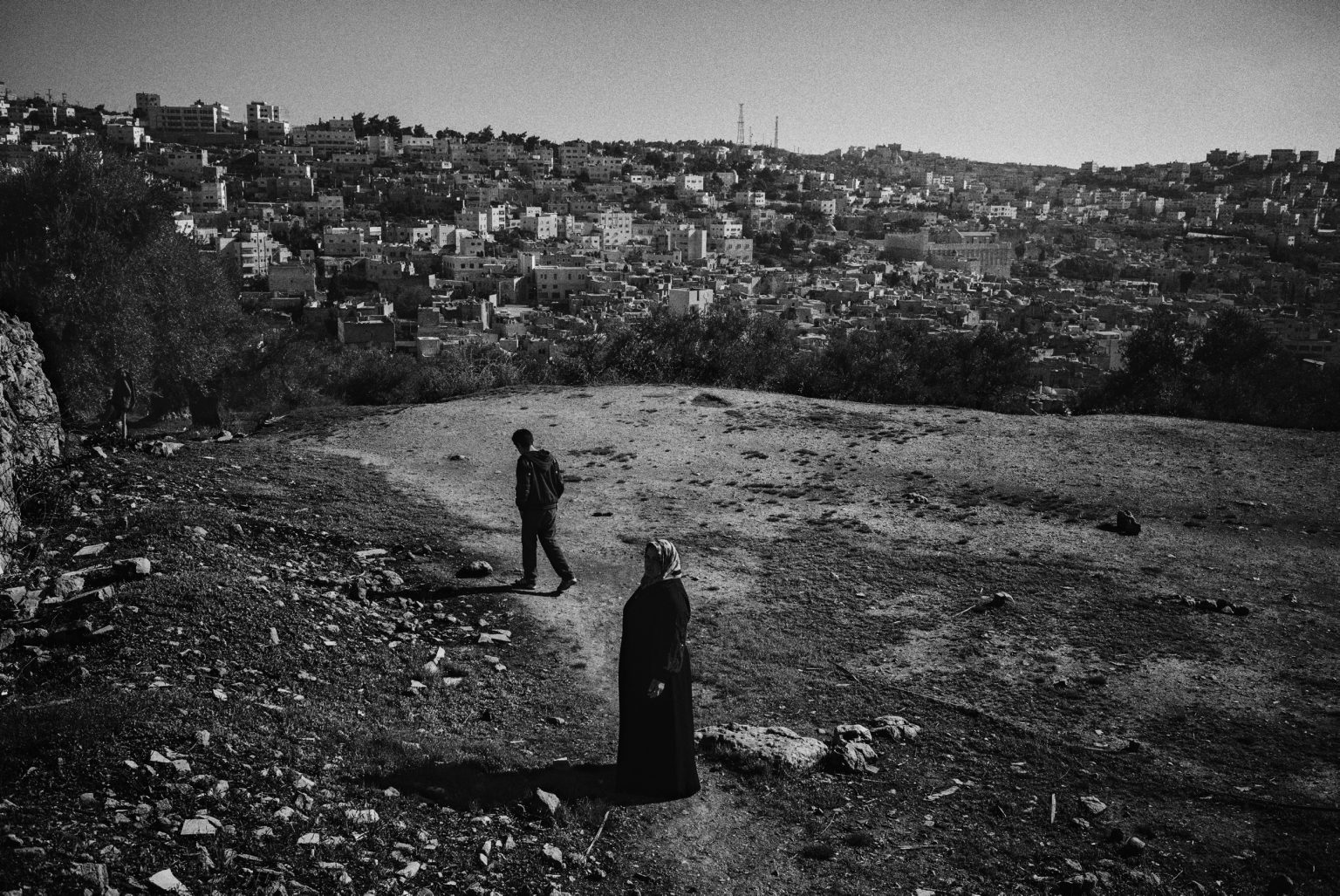-
Lorenzo Tugnoli
Stories
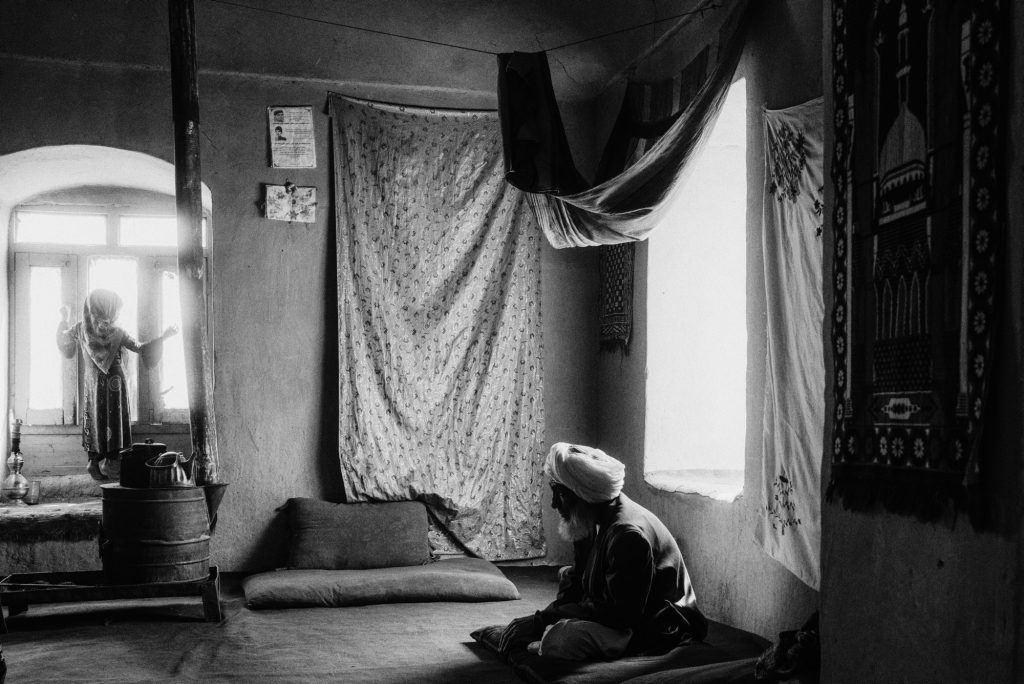
Afghanistan: A year of Taliban rule
Last August the Taliban seized power from the internationally backed Afghan government as American and NATO troops were completing their withdrawal. After twenty years of war and foreign intervention the country was once again in the hands of the Islamist movement. Soon after the fall, Western countries froze around $9 billion in Afghan central bank assets, mostly held in the U.S., stopped sending aid and applied sanctions on the Taliban government. The country soon spiraled into poverty. Around Kabul, families where selling their house appliances for any cash they can get, account holders waited in long lines outside banks to withdraw their savings, while in the currency exchange market, traders sat in front of piles Afghan banknotes that were quickly losing their value. Hospitals in Kabul and around the country swelled with malnourished children, with many of them sent home with packets of therapeutic food because of the lack of beds. The Taliban struggled to transform from an irregular militia to a functioning government. They now had to manage the police and the justice system.
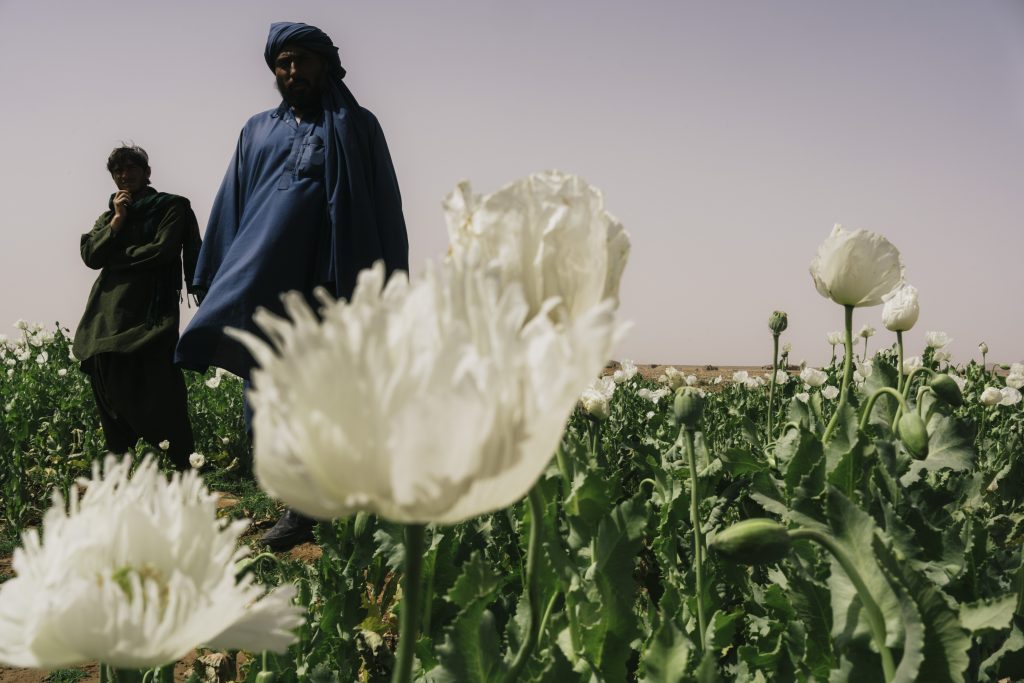
Methamphetamine: the new drug trade of Afghanistan
For decades, Afghanistan has been a global hub for opium production, estimated to supply 80 percent of the world’s opiate users. Now its meth industry is growing at breakneck speed, stoking fears among Western experts and officials that, under the Taliban, Afghanistan could become a major supplier as demand rises globally.
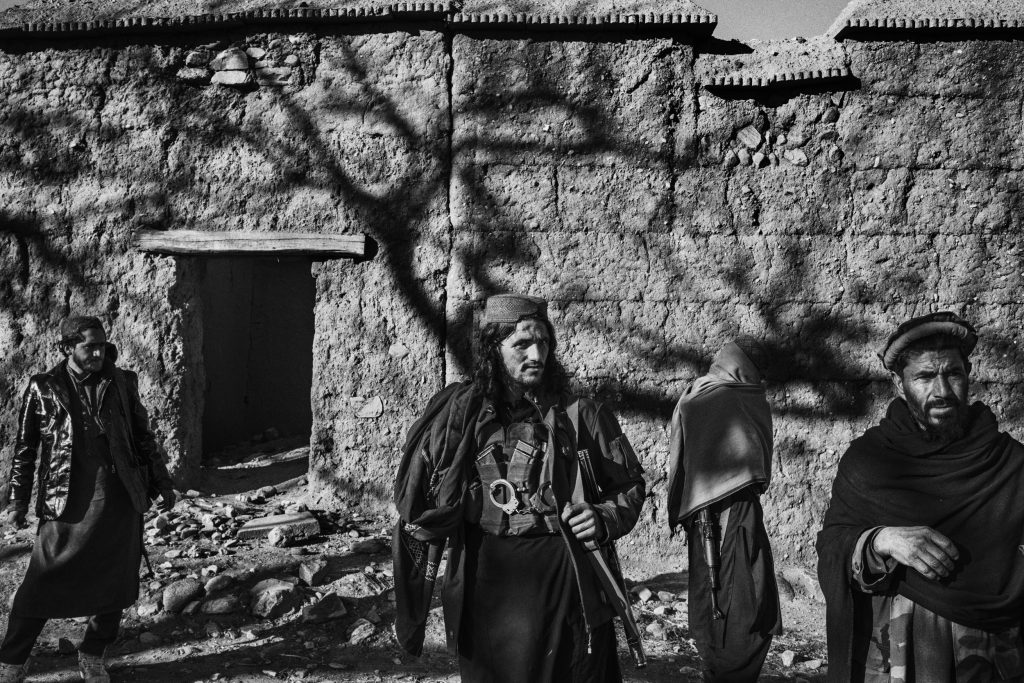
Afghanistan: Before and after August 2021
The Taliban have never been more powerful since 2001. The area contested or controlled by the insurgents now comprises more than half of the country and have steadily grown in recent years. Since the peace negotiations between the US government and the Taliban began, the fighting between the Afghan security forces and the insurgents have escalated as both parties try to gain leverage at the negotiating table in advance of direct peace talks. The recent escalation in the war had disastrous consequences on the civilian population. Afghanistan remains one of the deadliest conflict in the world, civilian casualties are at an all-time high and the conflict is causing continued waves of internal displacement.
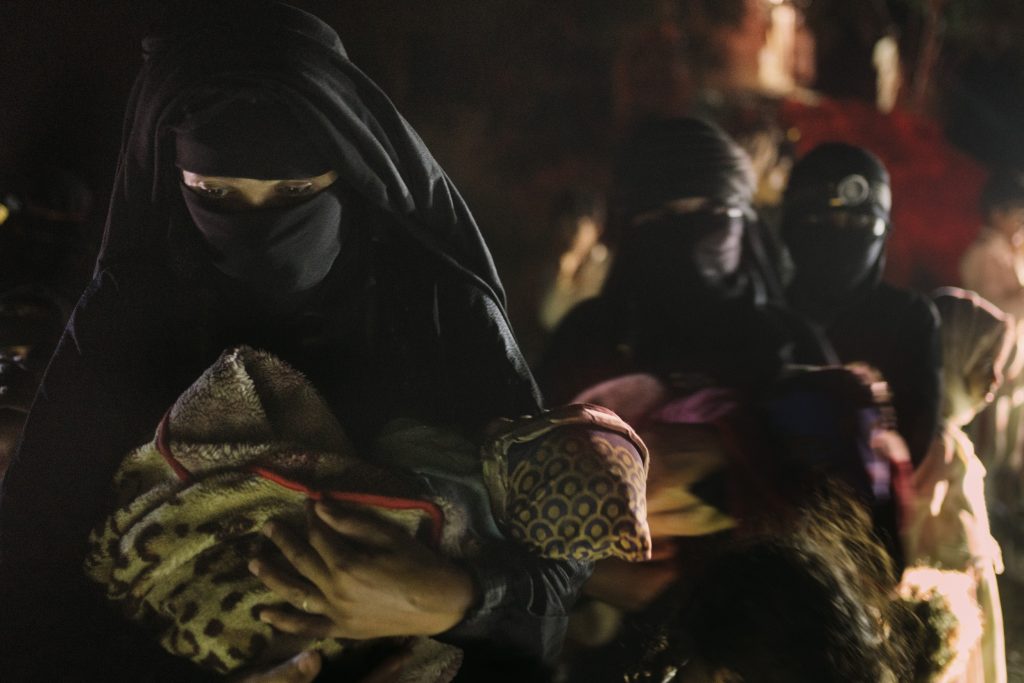
Hunger Crisis in Yemen 2021
Yemen had narrowly averted an official famine declaration in recent years after a surge in humanitarian funding. But now, the United Nations says that without another urgent intervention, such a designation will be unavoidable: at least 5 million people are on the brink of famine.
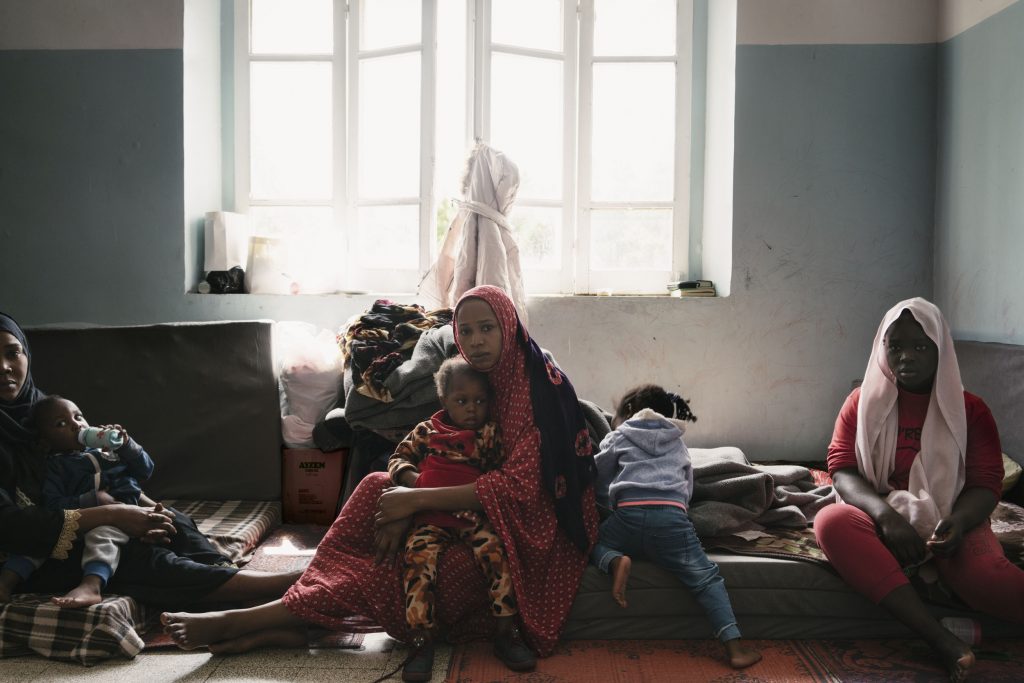
Broken Libya
In April 2019, renegade commander Khalifa Haftar launched an offensive to overthrow the United Nation-backed government in Tripoli. His forces, also known as the Libyan National Army, battled armed groups from Misurata and other western cities aligned with the Government of National Accord. The ensuing civil war, and the battle for Tripoli, caused a renewed humanitarian crisis with civilians, Libyans and migrants alike, paying the highest price.
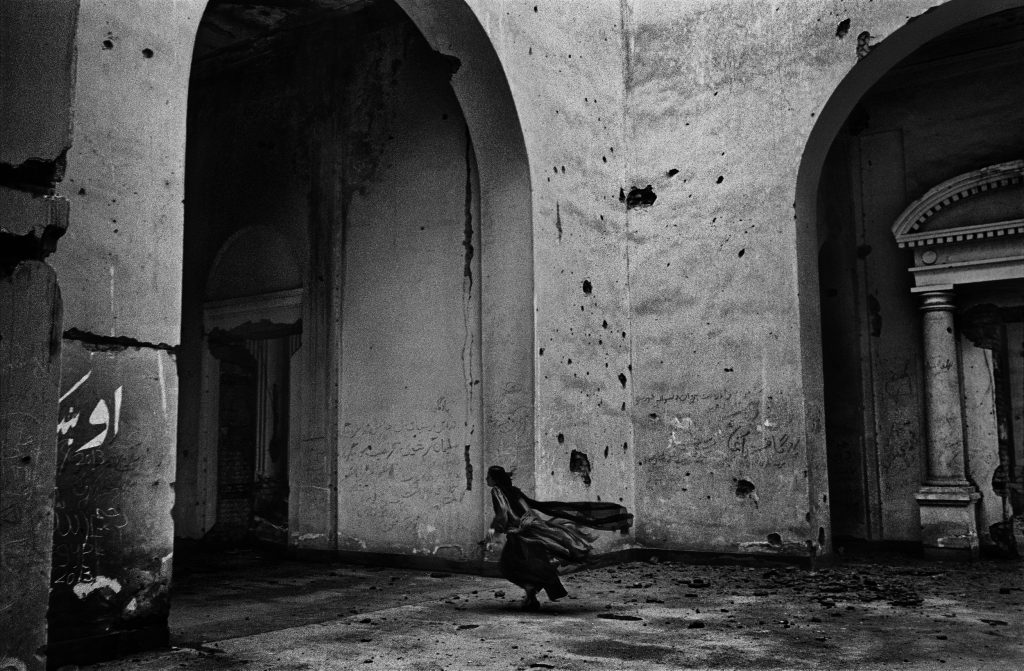
The Little Book of Kabul
The Little Book of Kabul is a book project that depicts a portrait of Kabul through the daily activities of a number of artists who live in the city. The book is a collaboration between photographer Lorenzo Tugnoli and writer Francesca Recchia. The Little Book of Kabul dives into the lives of the three main characters exploring what it means to be an artist in Kabul and hence unveiling the beauty and brutality of the city.
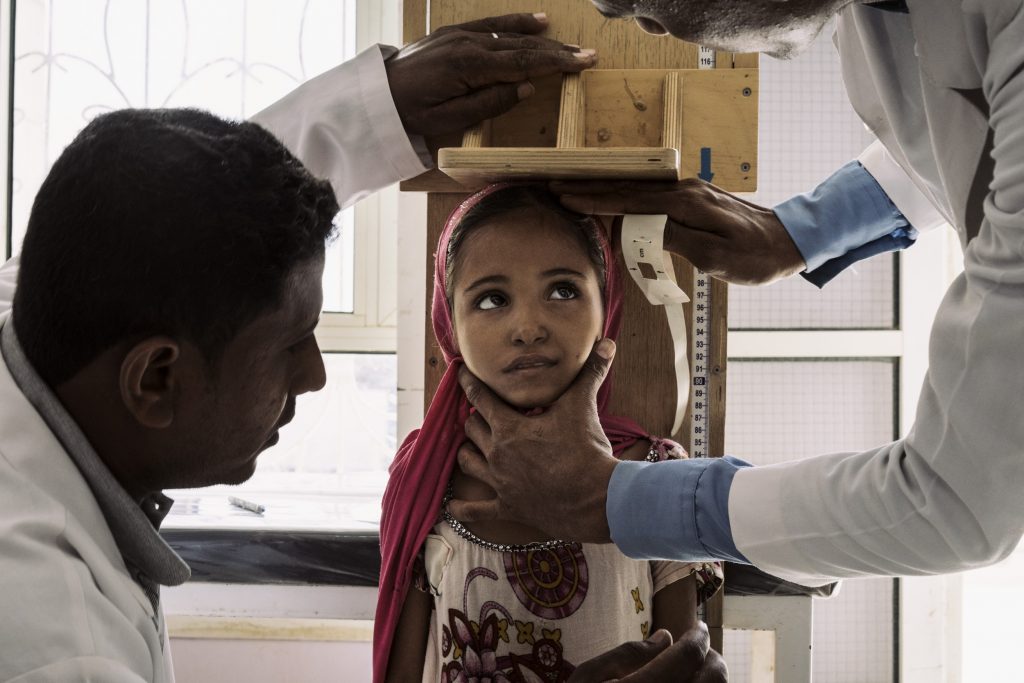
Hunger Crisis in Yemen 2018
After nearly four years of conflict, more than 20 million Yemenis — roughly two-thirds of the population — don’t have enough to eat. In most cases, it’s not because food is completely unavailable but because it’s unaffordable. In an effort to strangle the rebels, known as Houthis, the Saudi-led coalition backing the Yemeni government has imposed import restrictions, including on food, medicine and fuel. In the worst-hit areas, concentrated in rebel-held territory in northern Yemen where coalition restrictions are most stringent, thousands more children are dying of malnutrition-related illnesses.
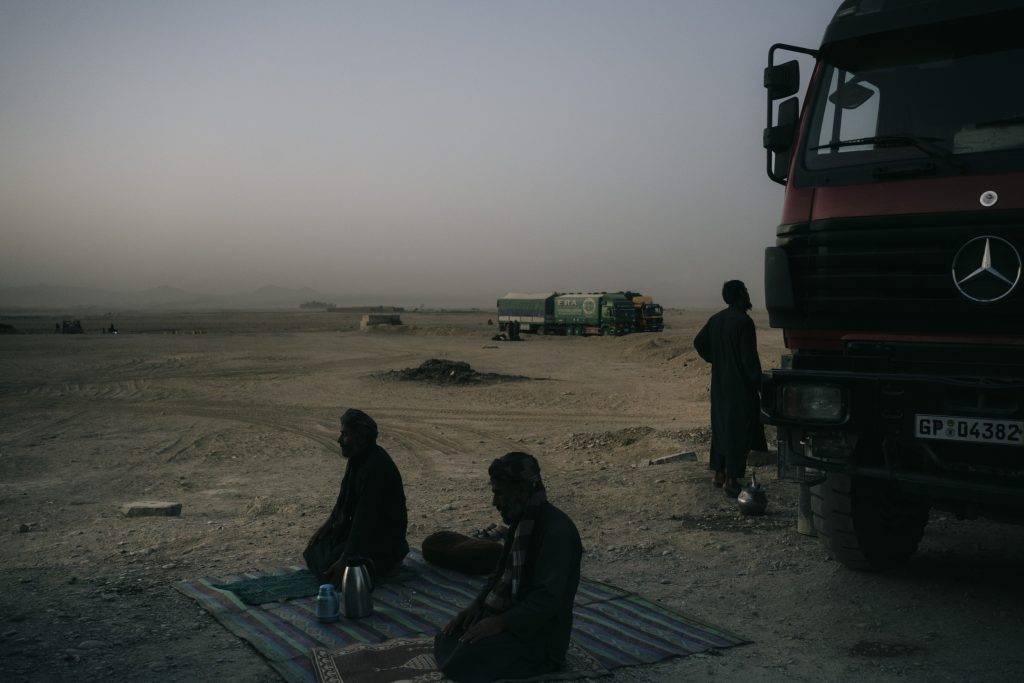
From Kabul to Kandahar along the highway of death
A travel along the artery that connects the nation’s two largest cities, Kabul and Kandahar the story narrates the scars of the war and the challenges ahead.Highway 1 is a ring road that connect the main cities of Afghanistan. Largely rebuilt after 2001 with American funding at a cost of at least $300 million, the highway was intended to win the hearts and minds of Afghans and bolster the nation’s economy, instead, it became a war zone and a symbol of American failure.
Portfolio

Lorenzo Tugnoli is an Italian photographer based in Lebanon who covers the Middle East and Central Asia. His work is an ongoing exploration of the humanitarian consequences of conflicts in the region. In 2014 he published “The Little Book of Kabul”, a book project that depicts a portrait of Kabul through the daily life of a number of artists who live in the city, in collaboration with writer Francesca Recchia.
He is a contract photographer for The Washington Post. He joined the photography agency Contrasto in 2017.
Barcelona, Spain
More info
Stories
The war of the camps
Land Grab
Inside the ruins of Gaza’s al-Shifa Hospital
A Ramadan of violence and loss
Out of Gaza
Afghanistan: A year of Taliban rule
Methamphetamine: the new drug trade of Afghanistan
From Kabul to Kandahar along the highway of death
Hunger Crisis in Yemen 2021
The Little Book of Kabul
Hunger Crisis in Yemen 2018
Afghanistan: Before and after August 2021
Broken Libya
Books
The Little Book of Kabul. 2014
Awards
2021. World Press Photo Spot News Stories
2020. World Press Photo Contemporary Issues Stories, 1st prize
2020. PoY Issue Reporting Picture Story, 2nd prize
2020. Bayeux Calvados photo trophy, 1st prize
2019. Pulitzer Prize in Feature Photography
2019. World Press Photo General News Stories, 1st prize

